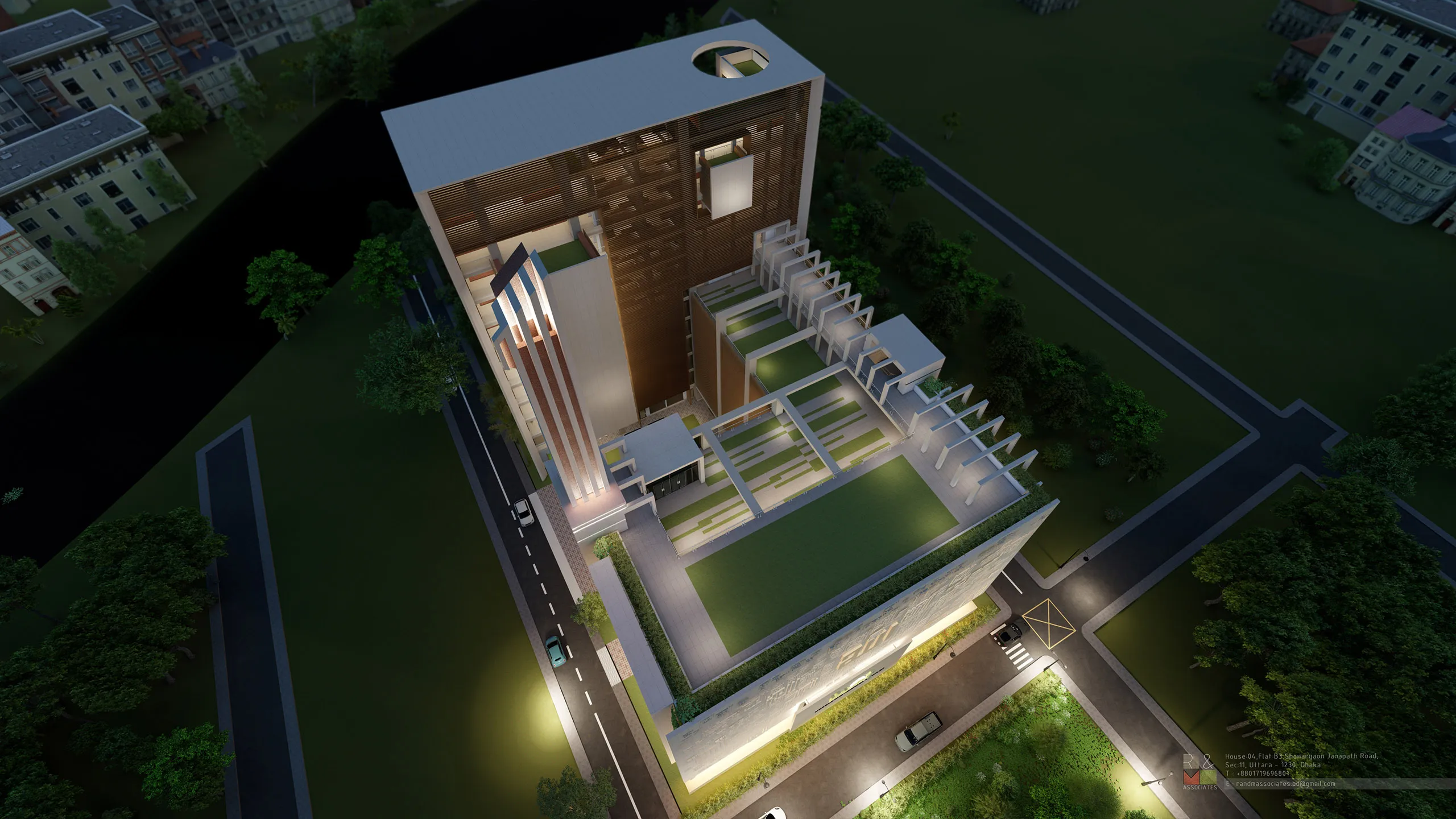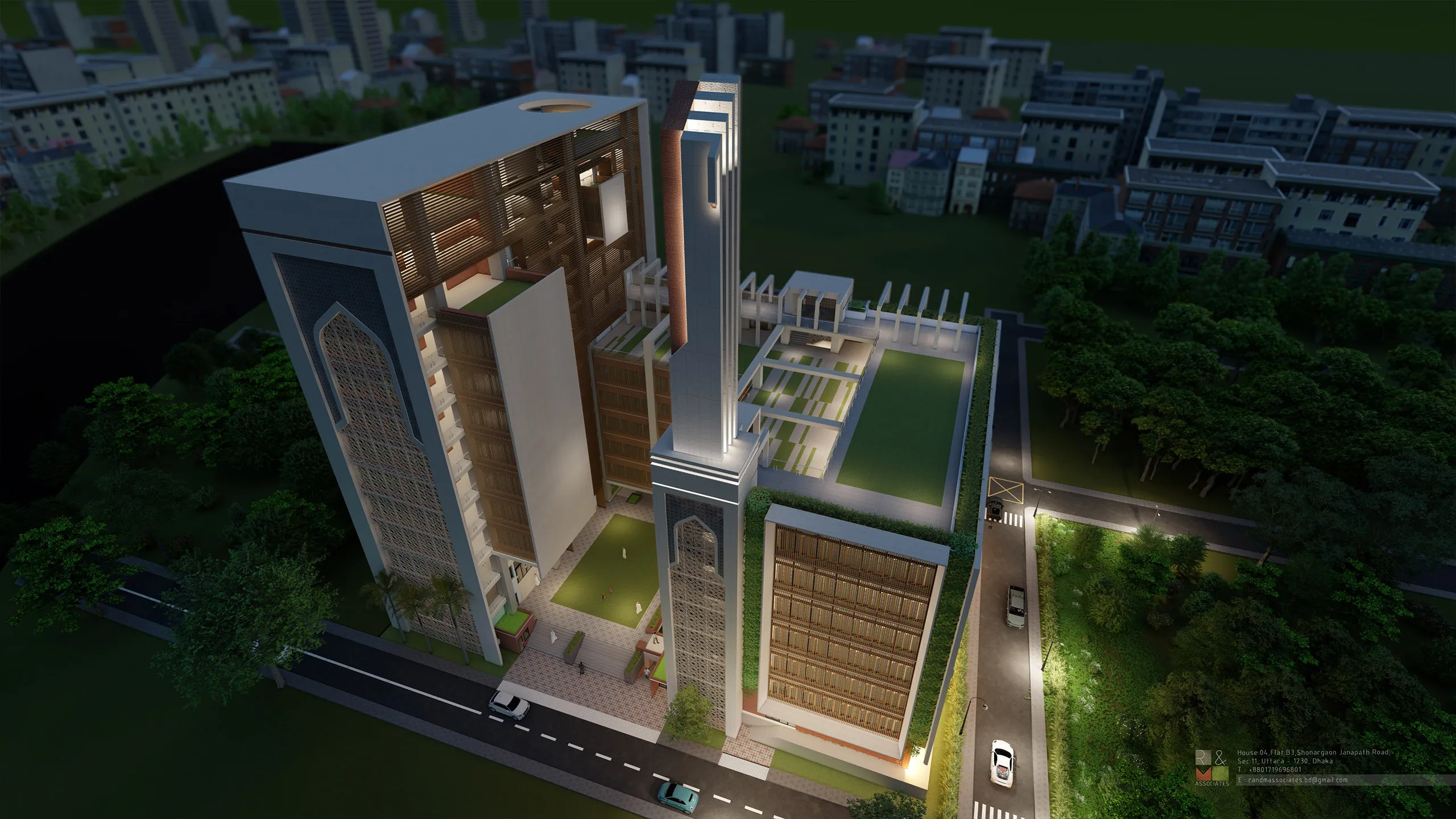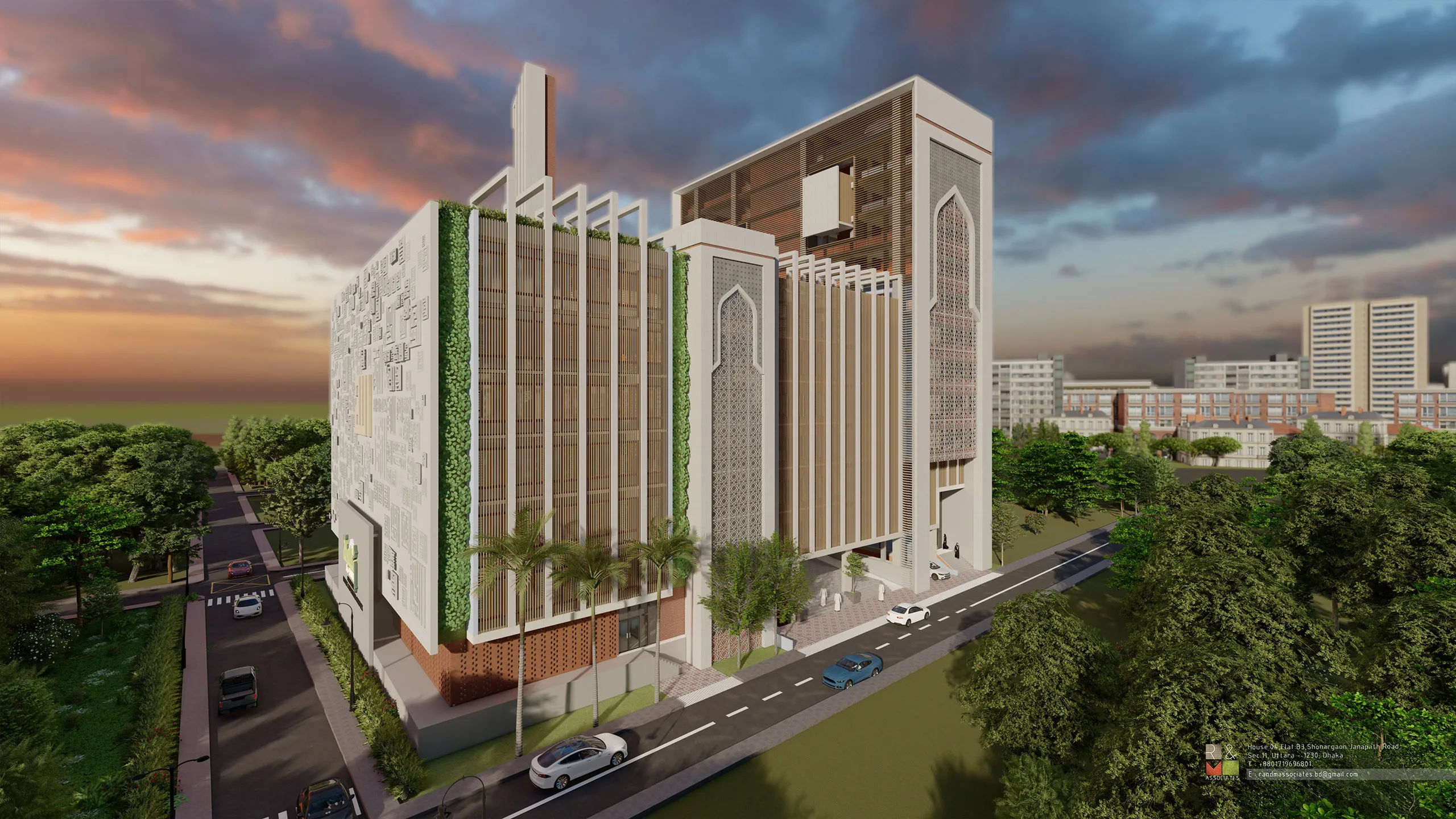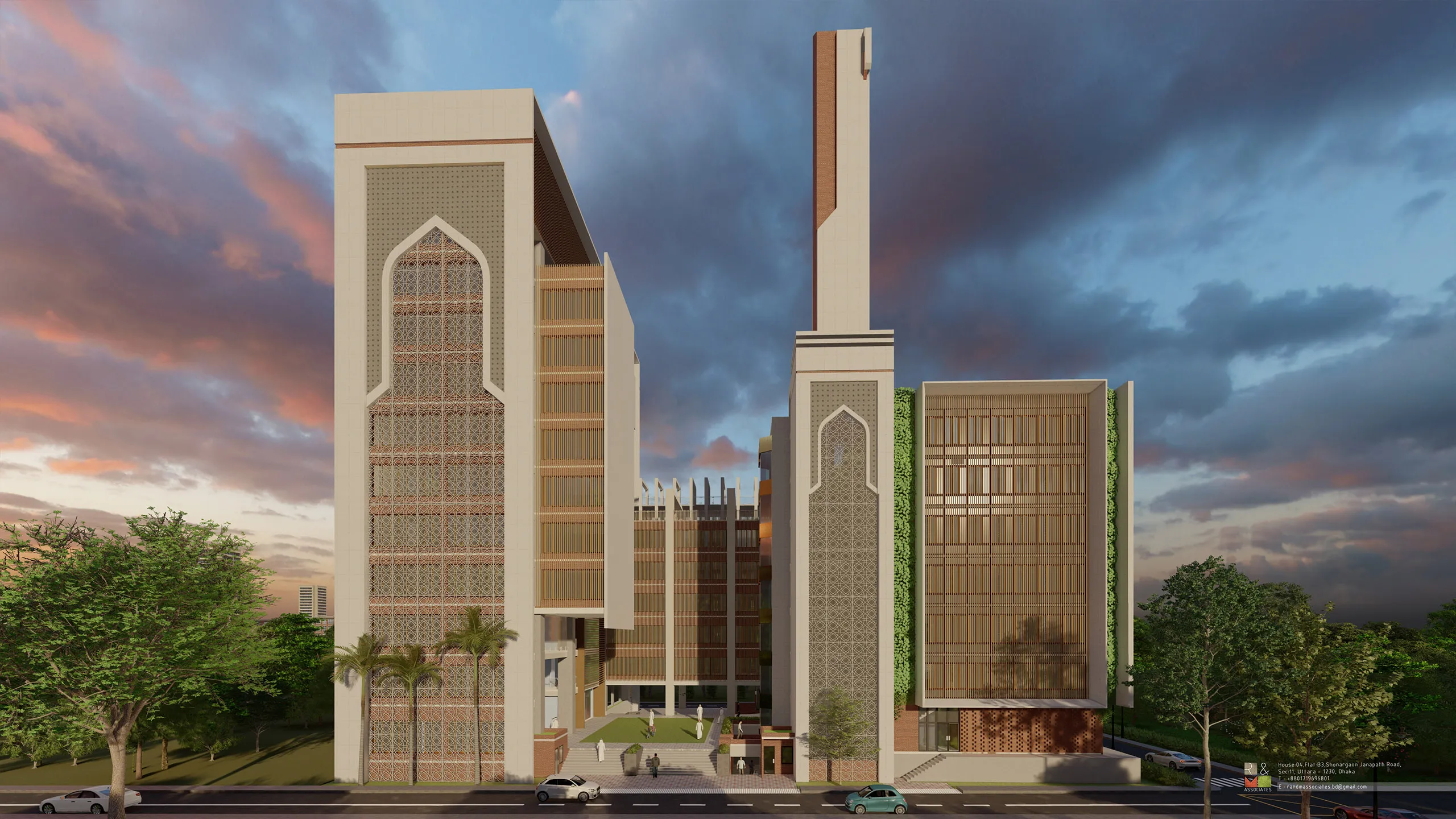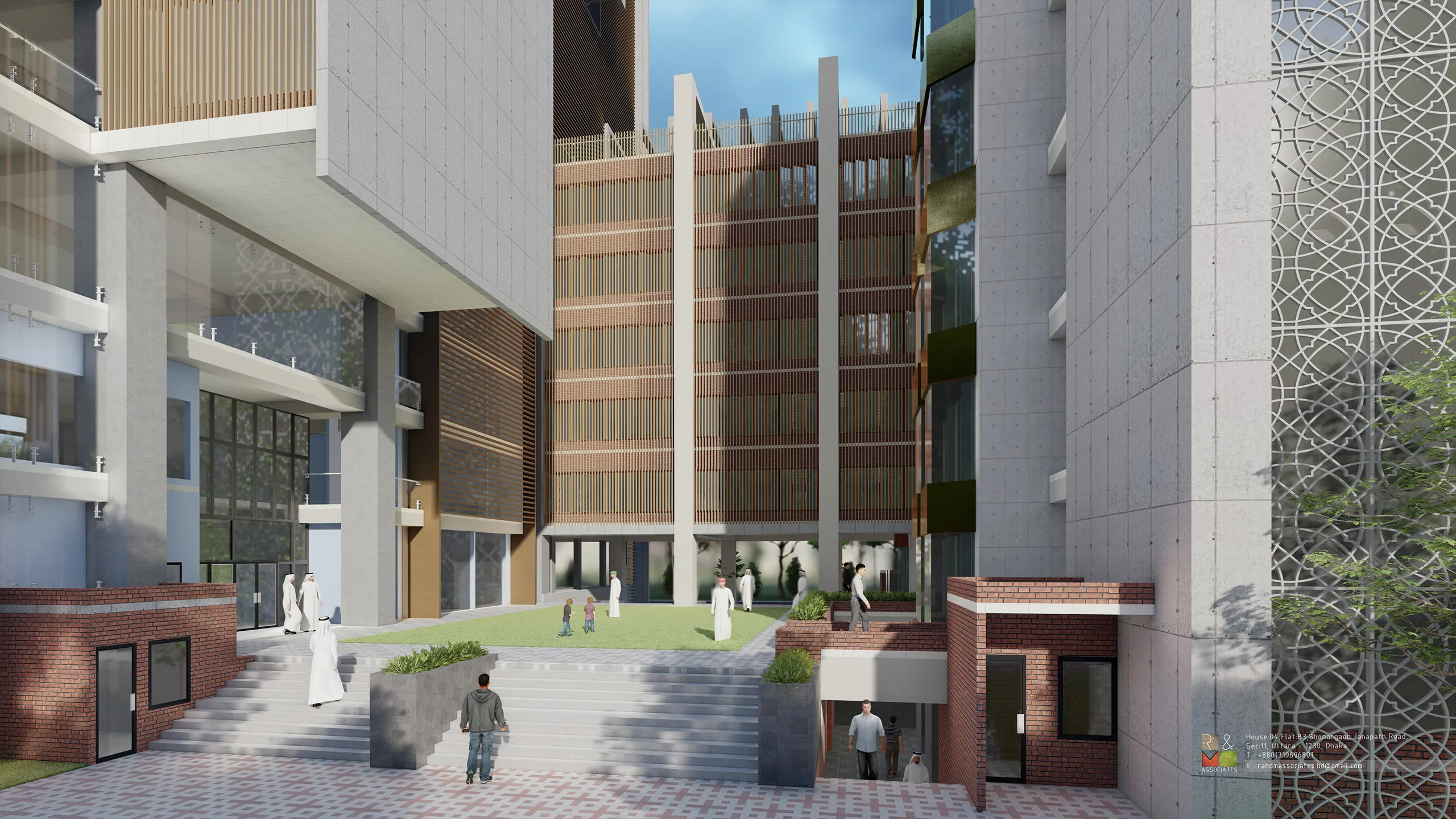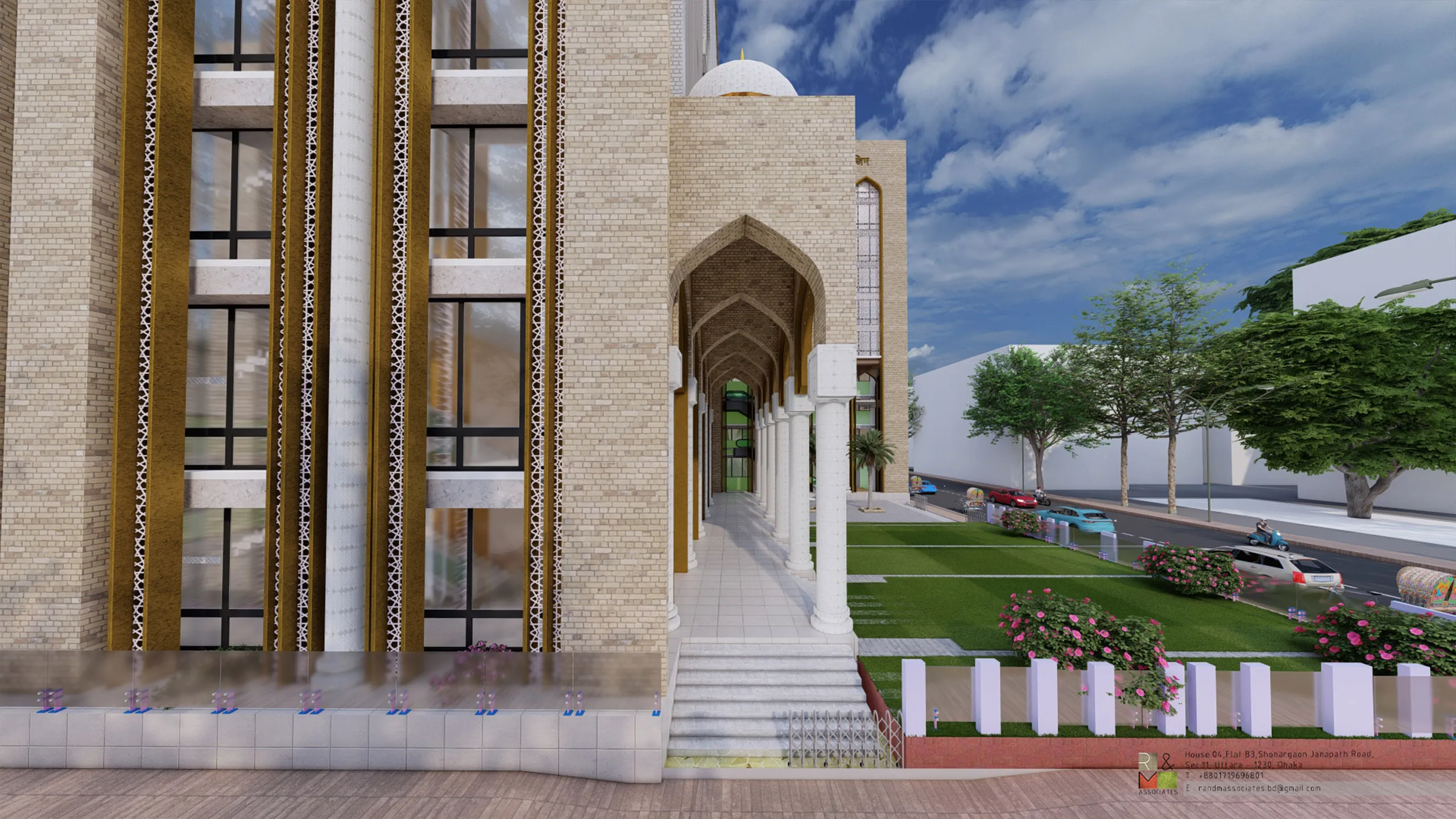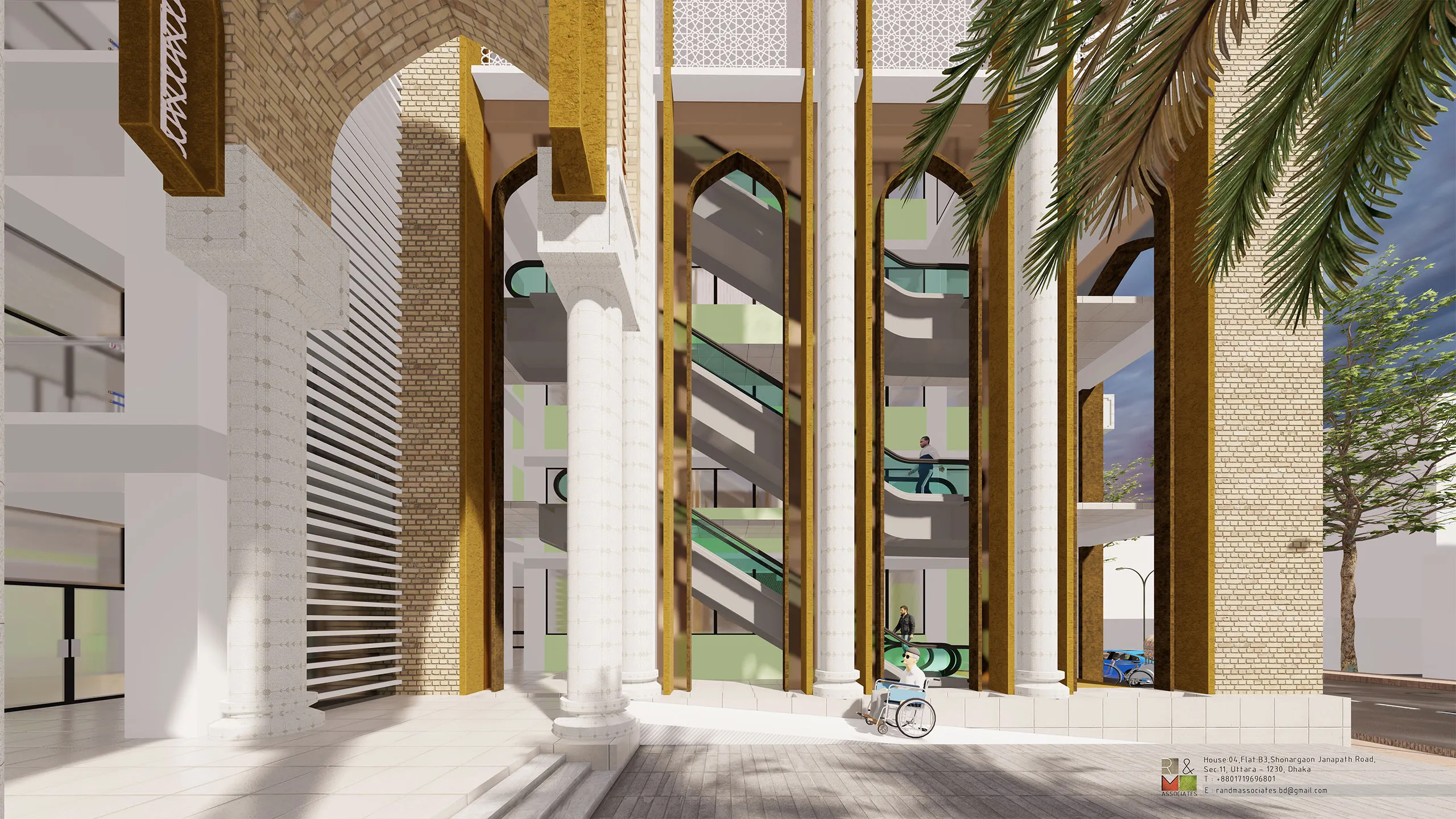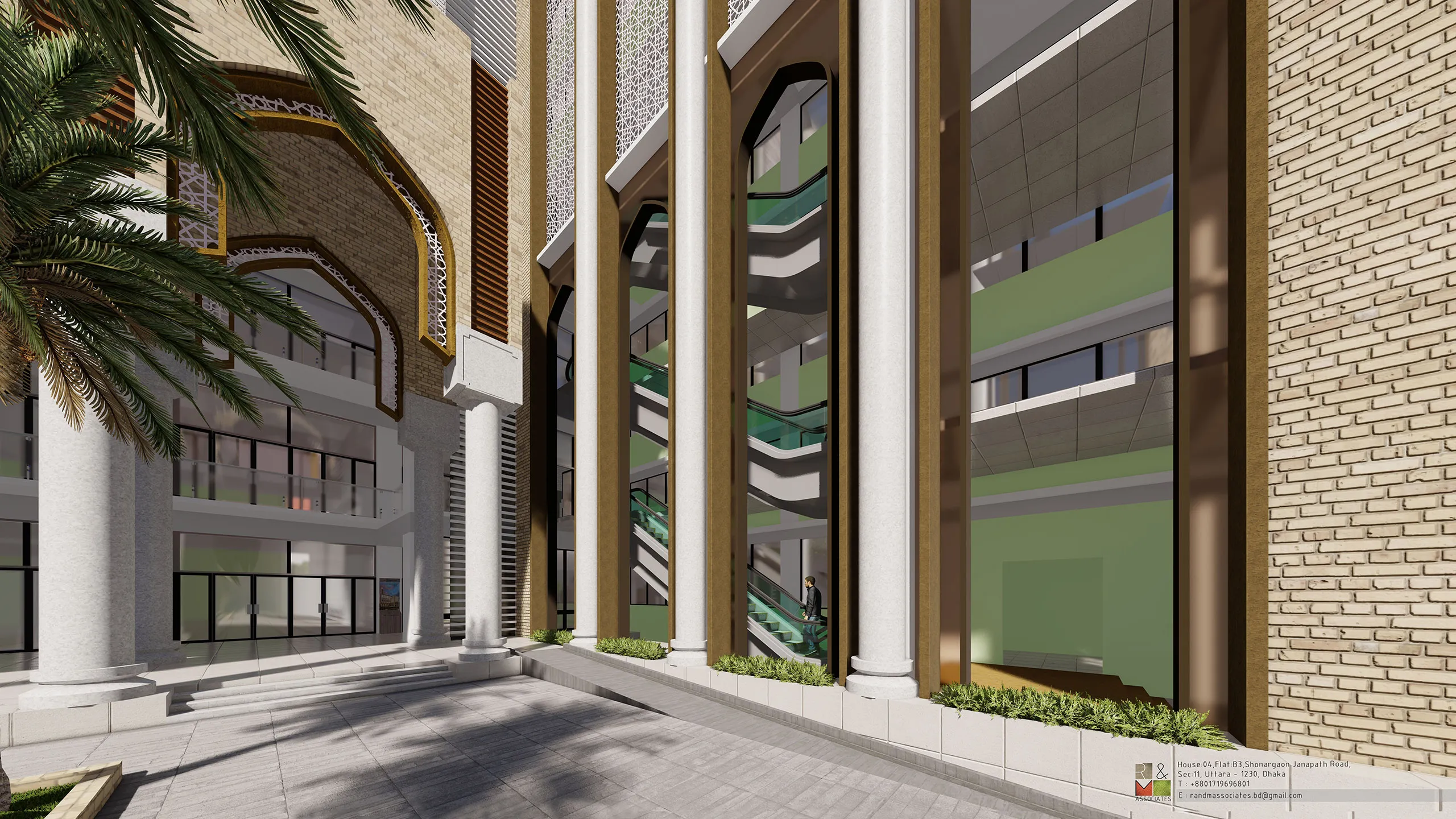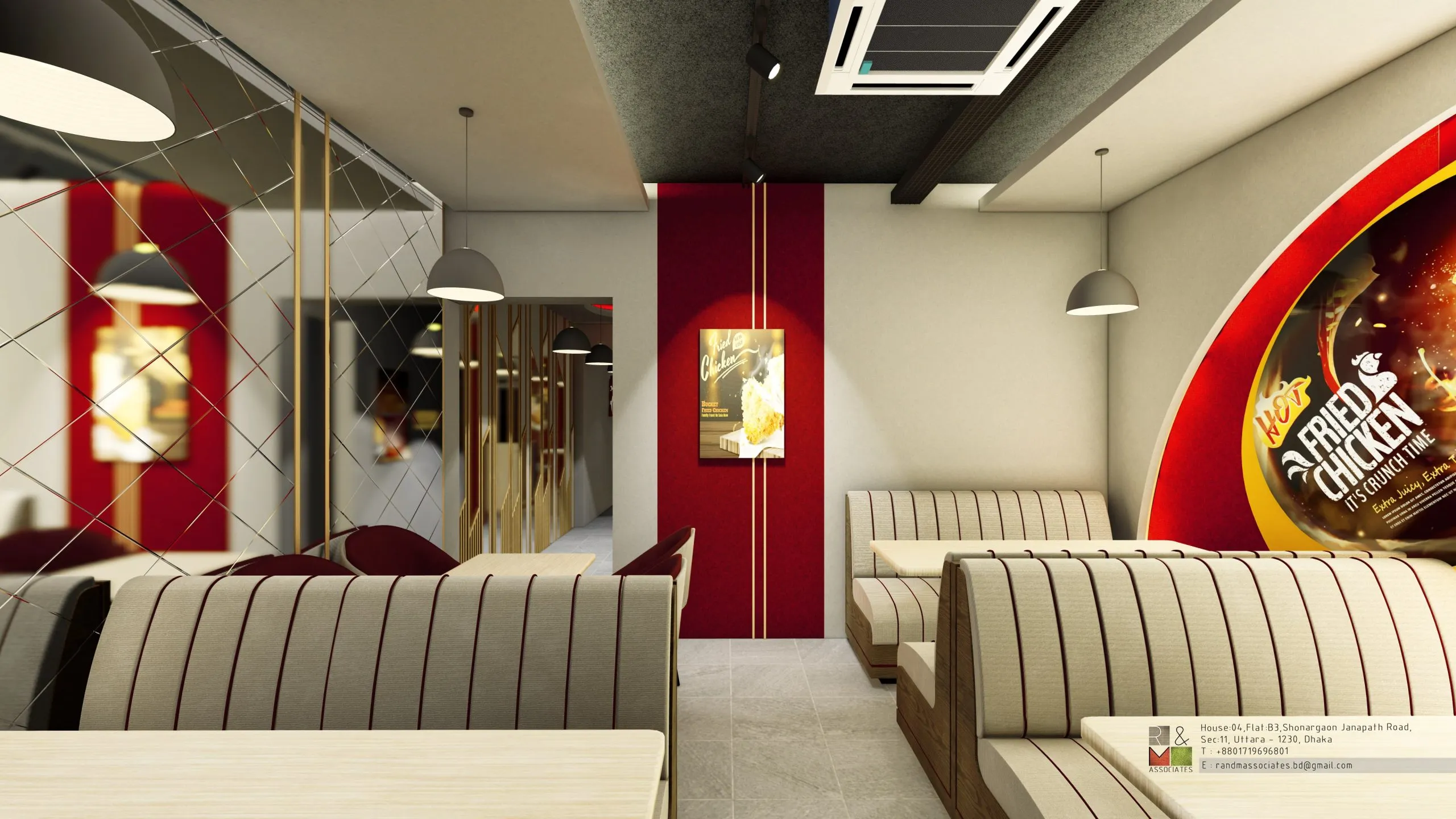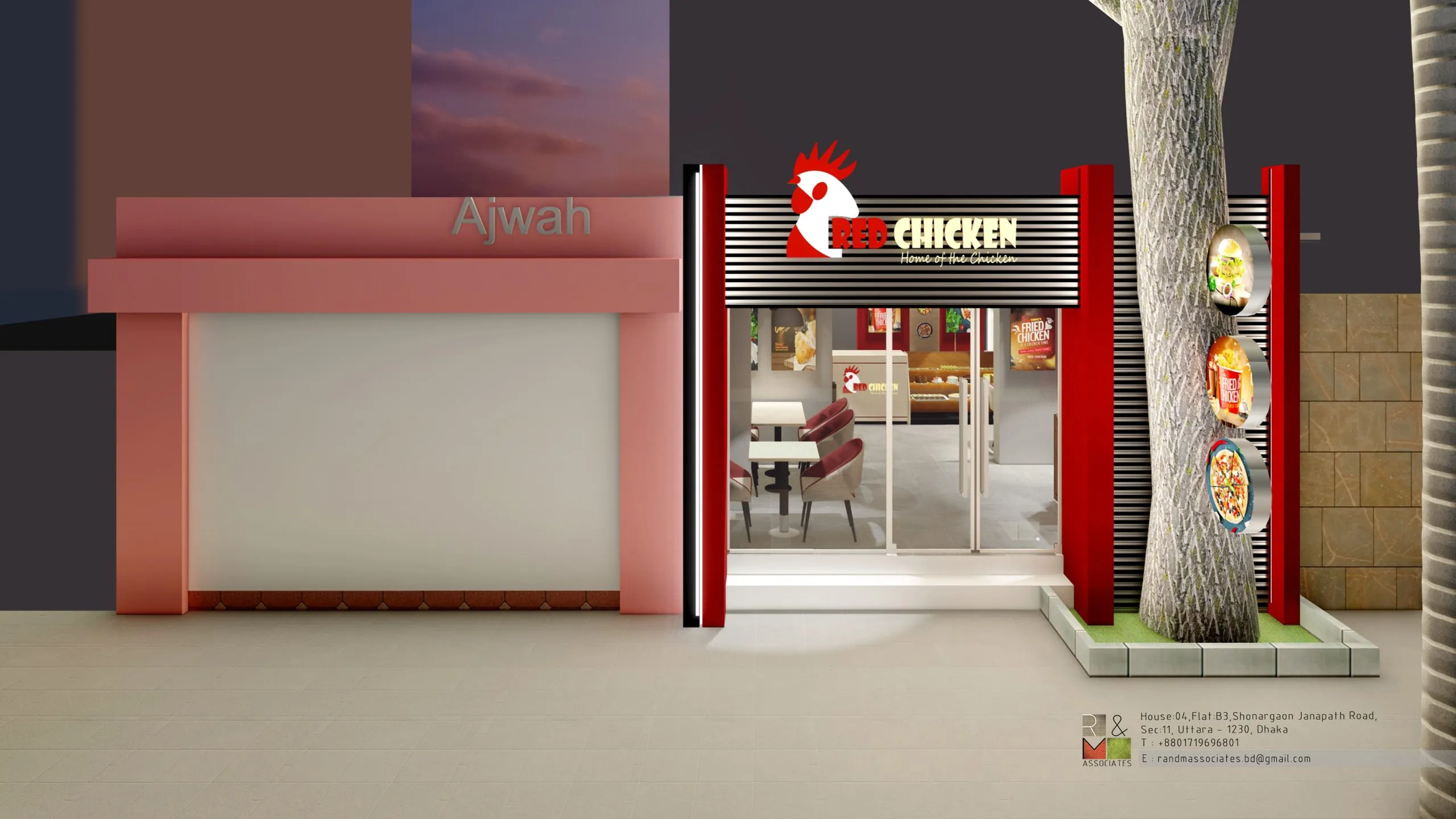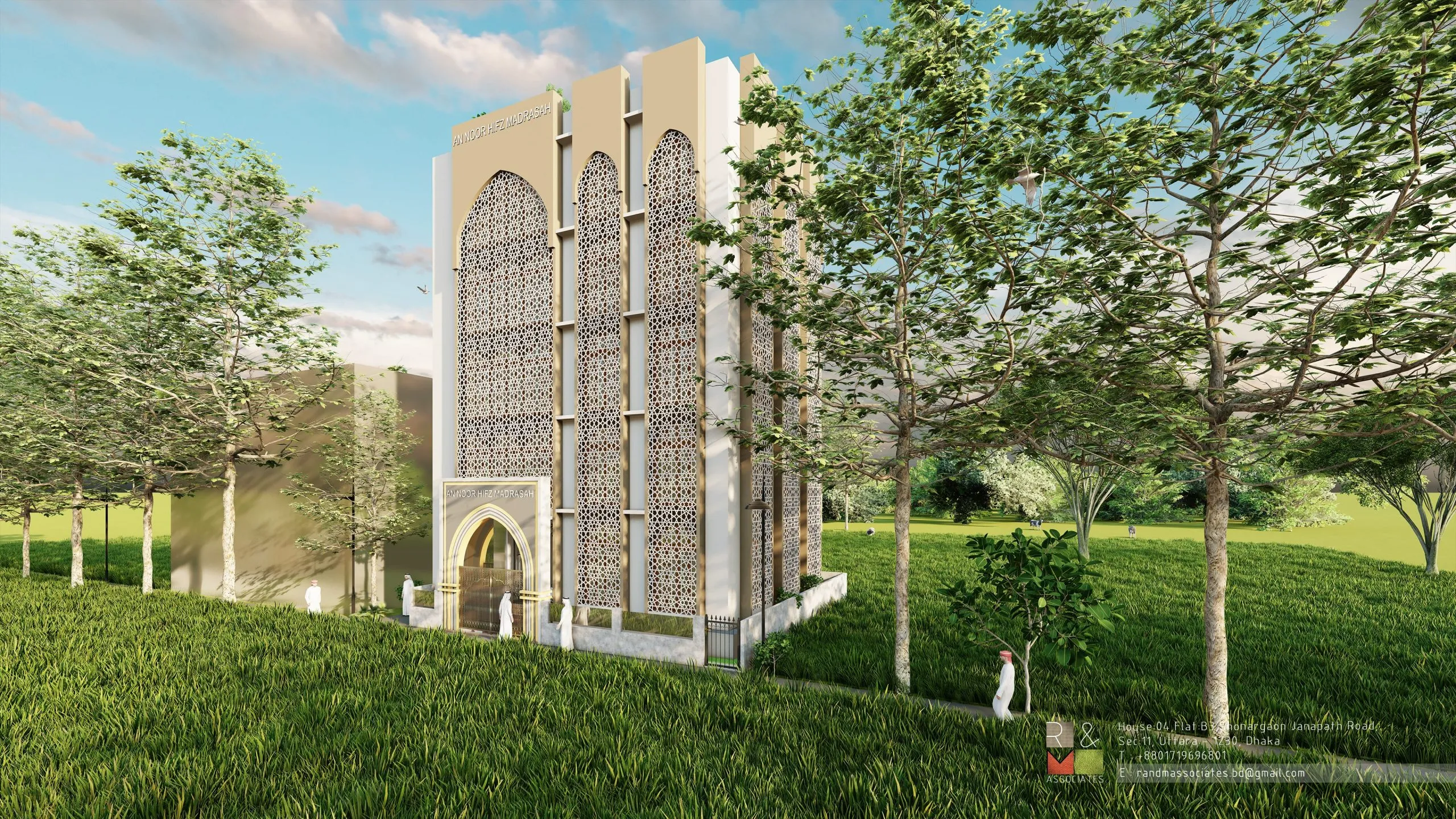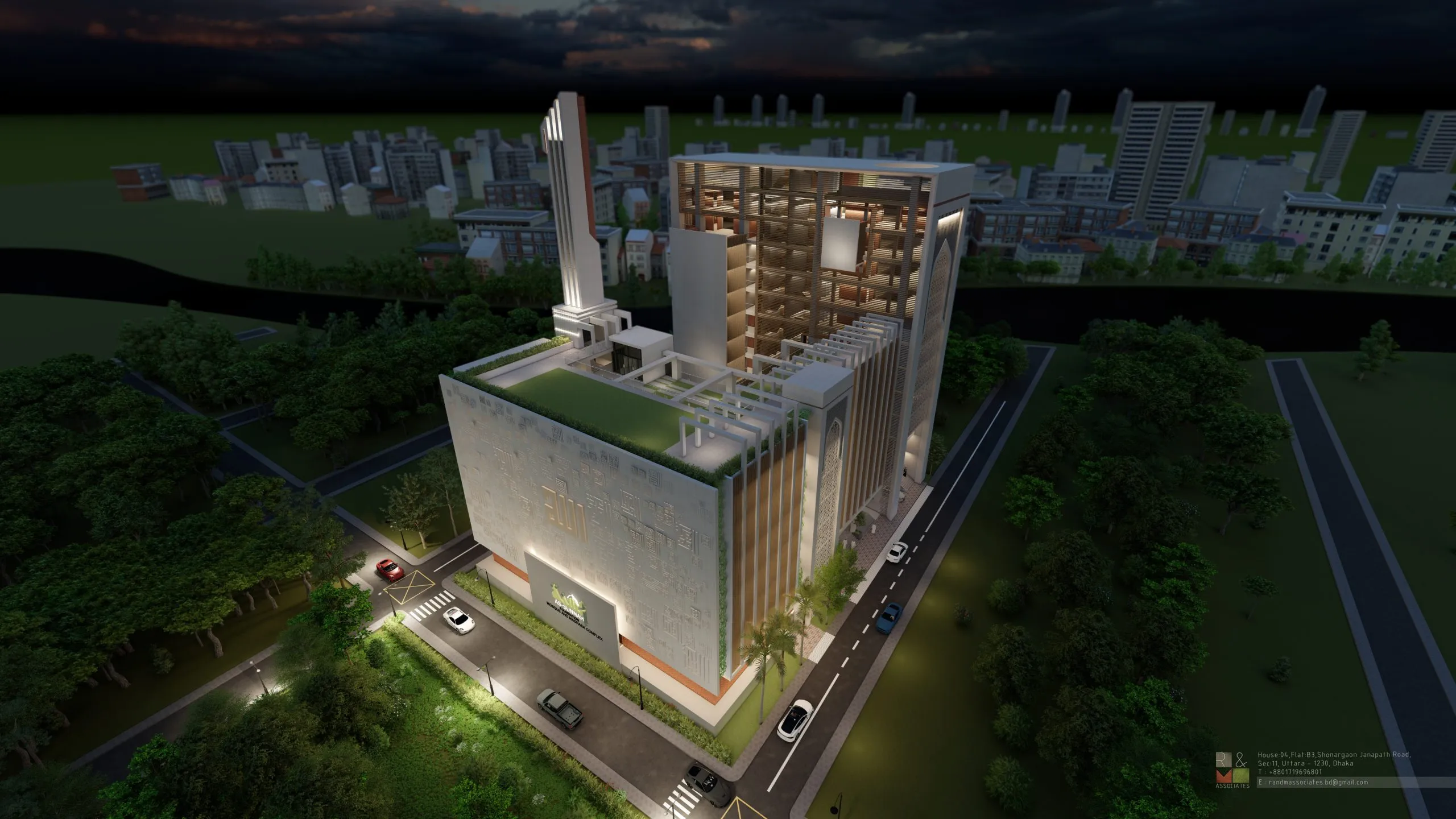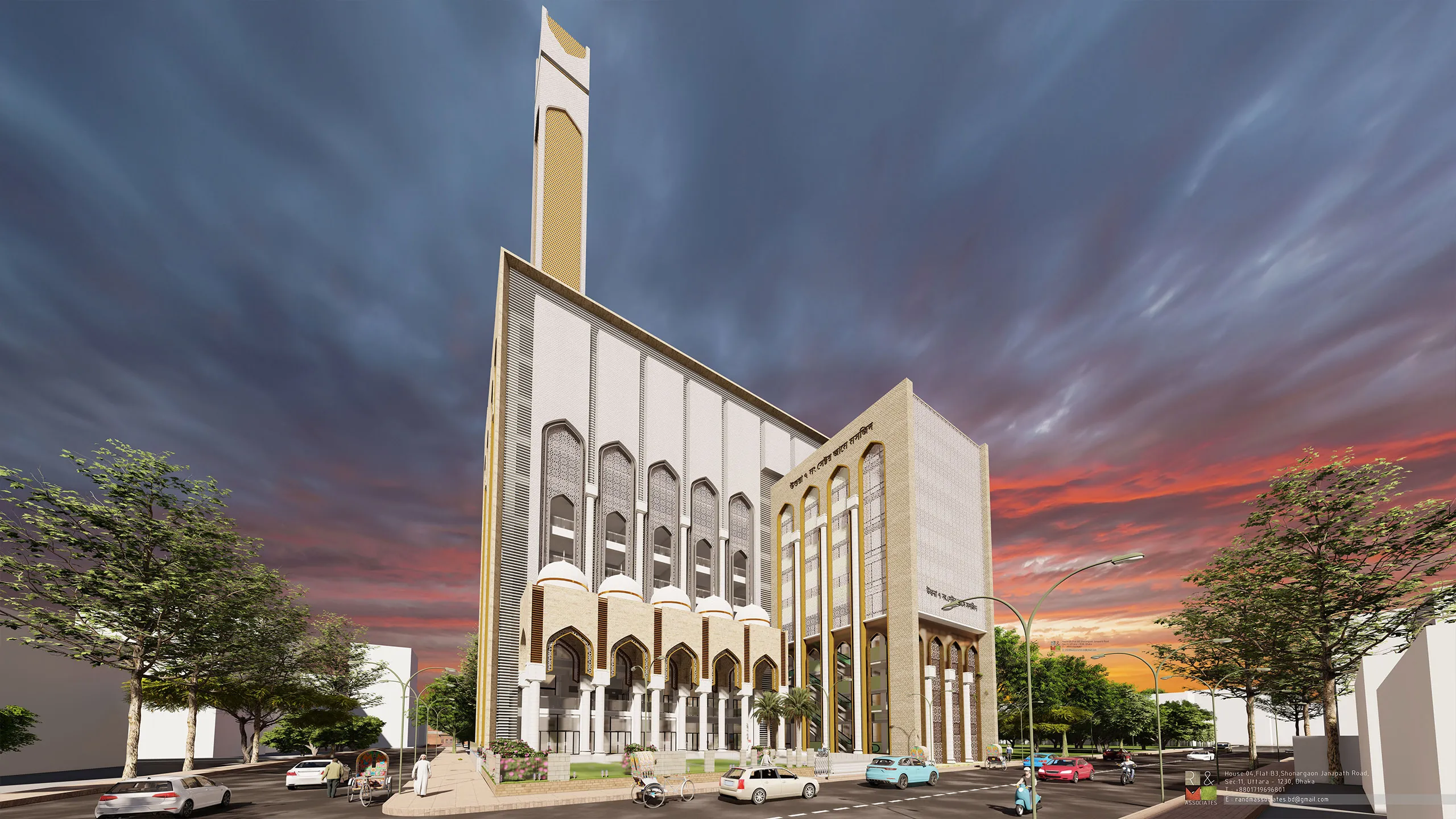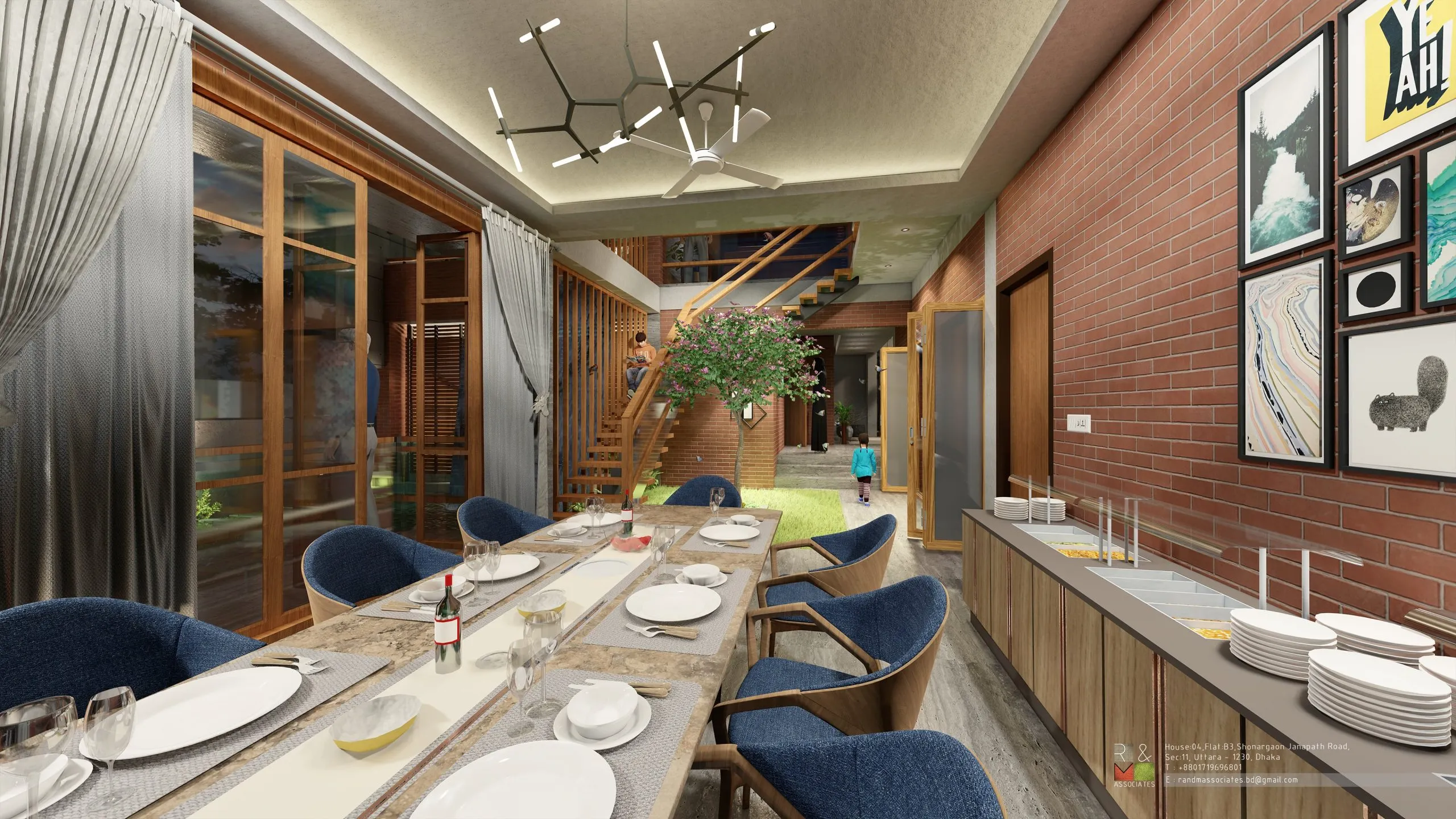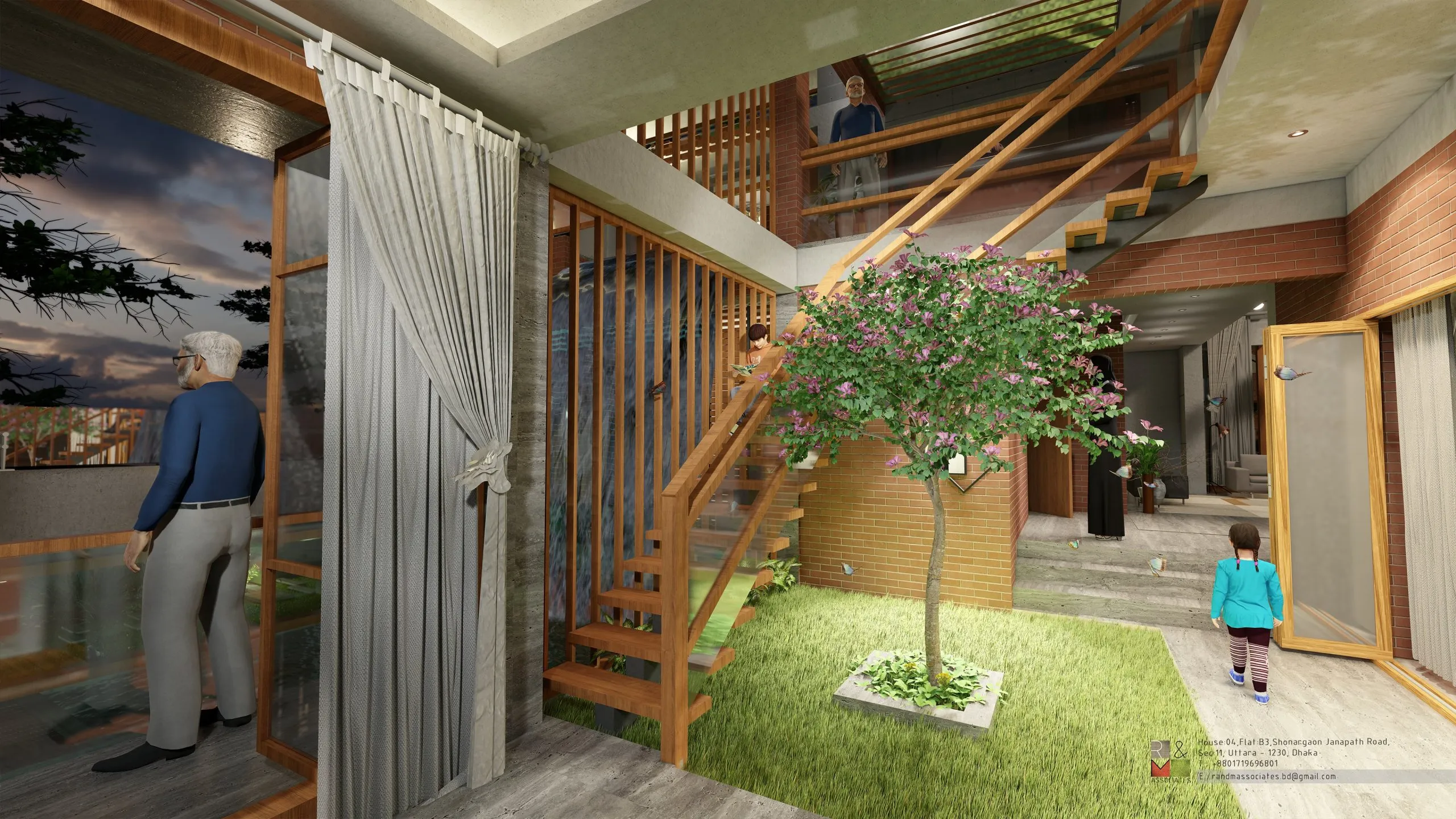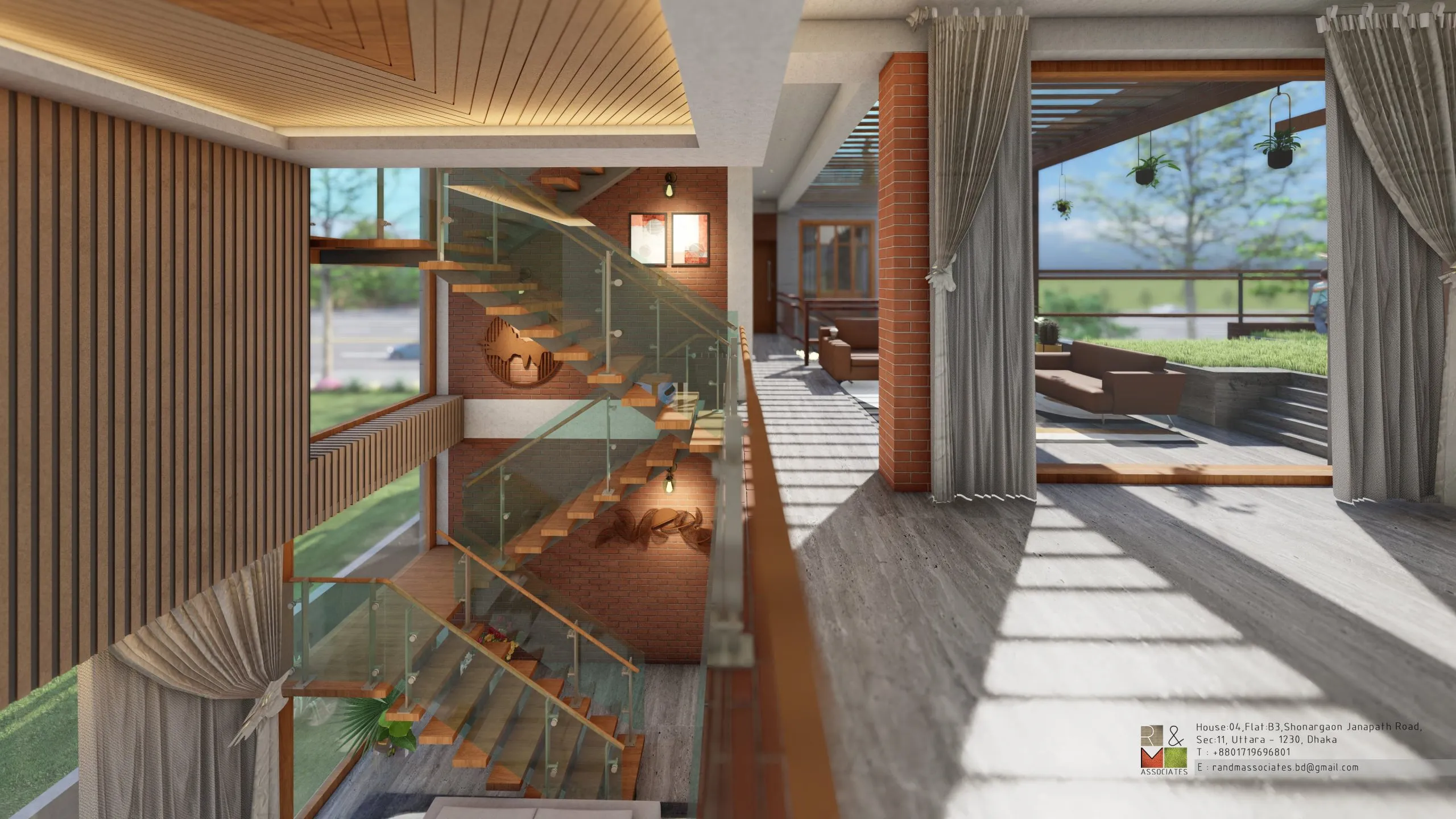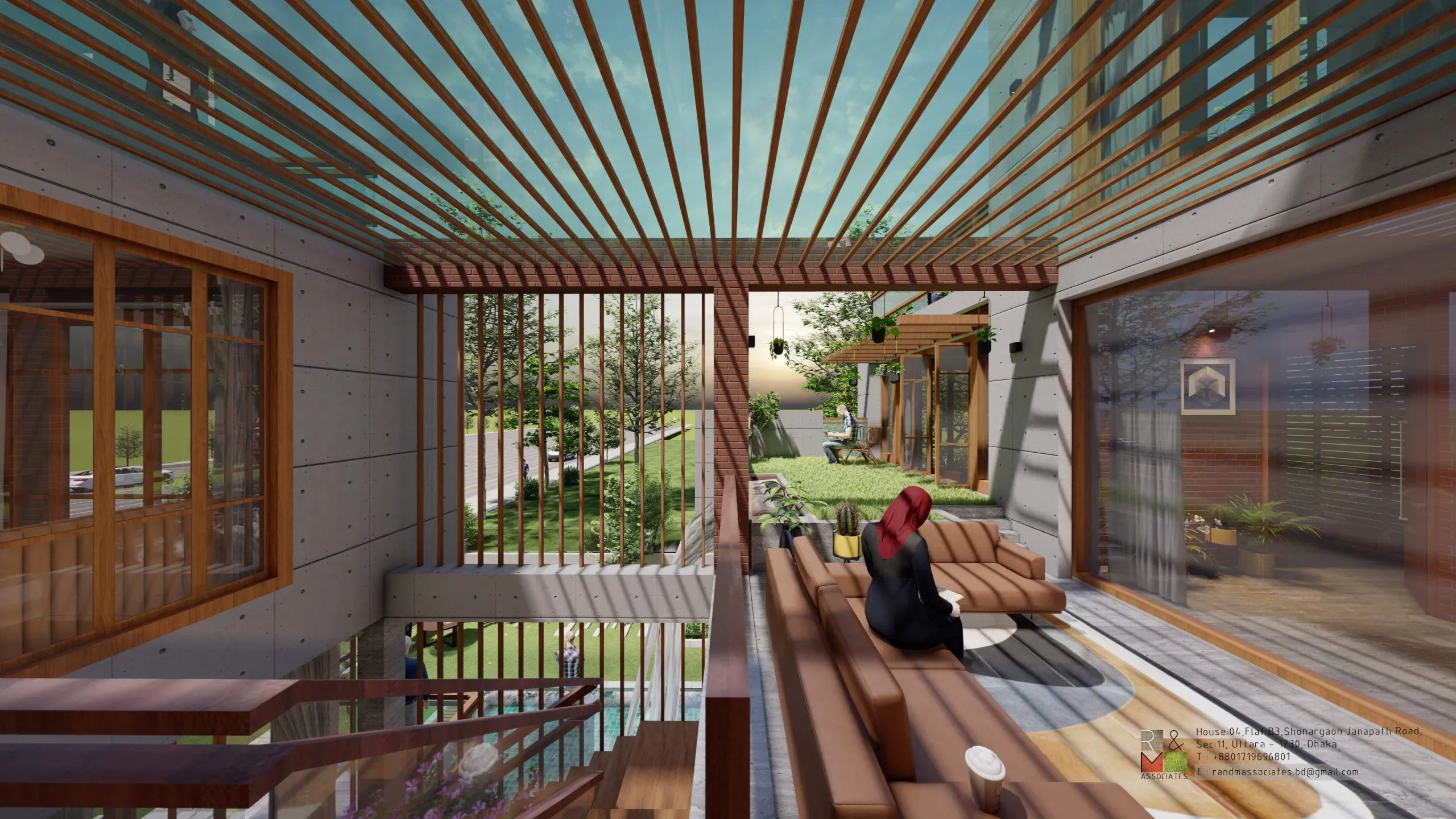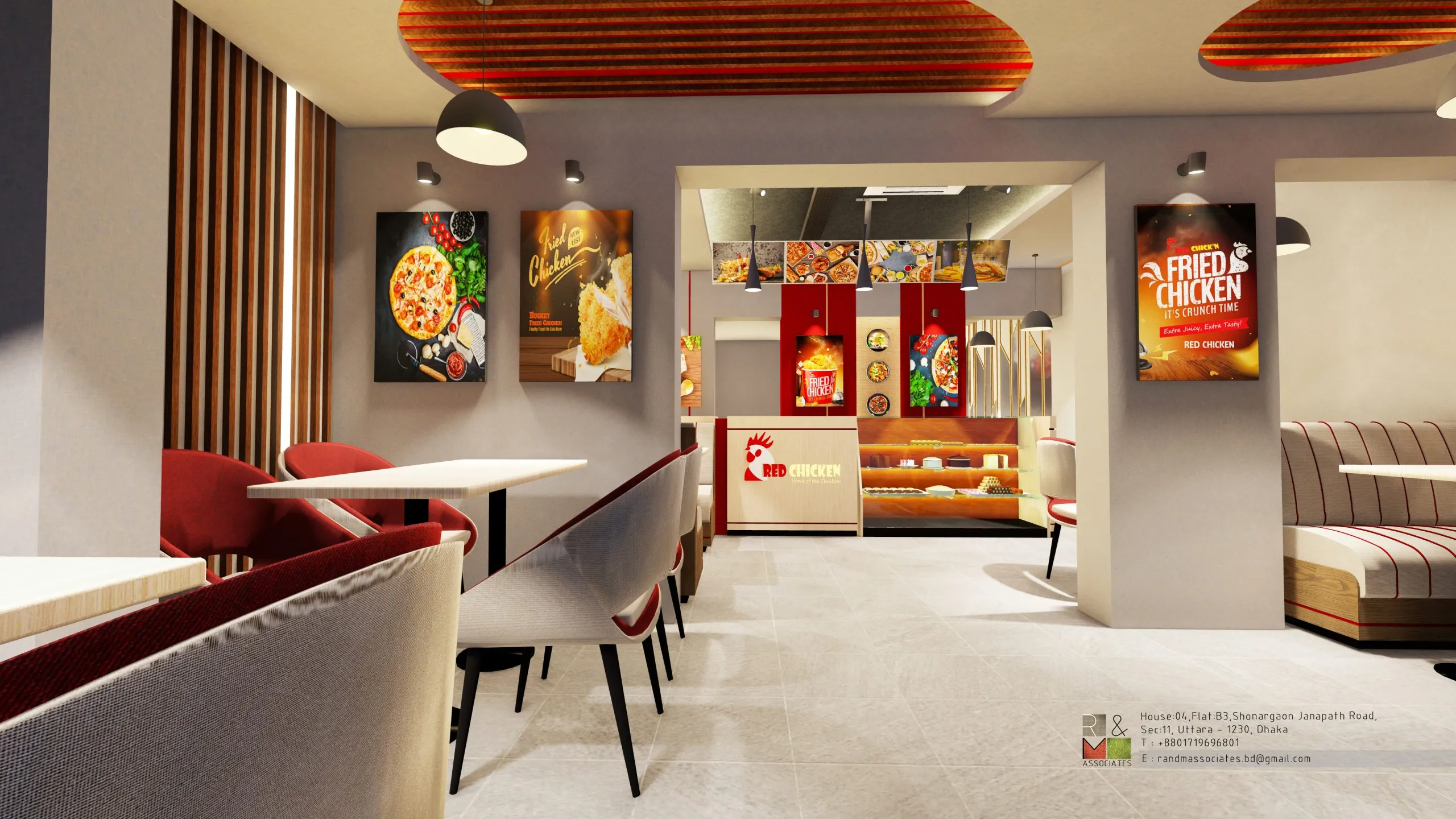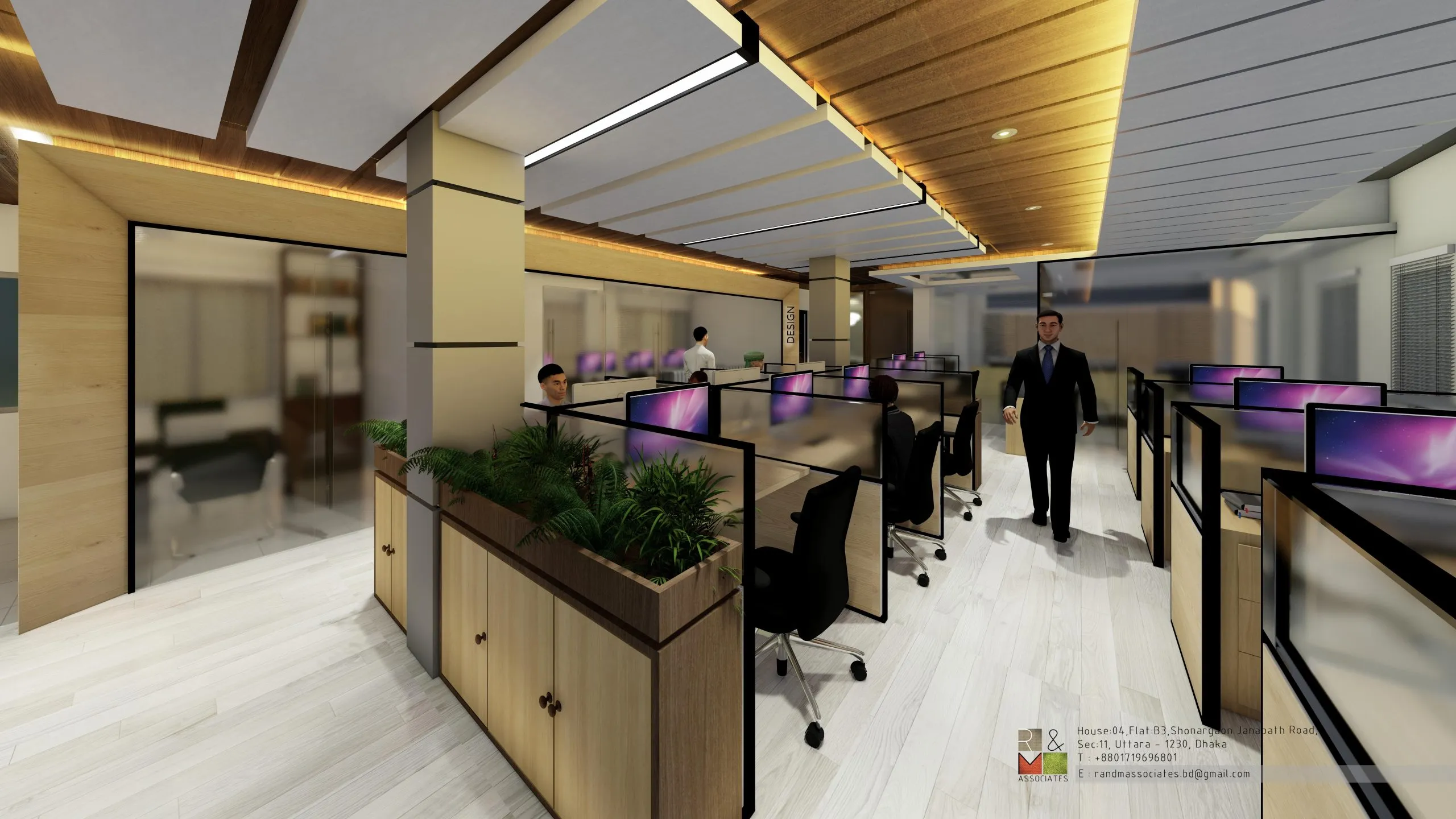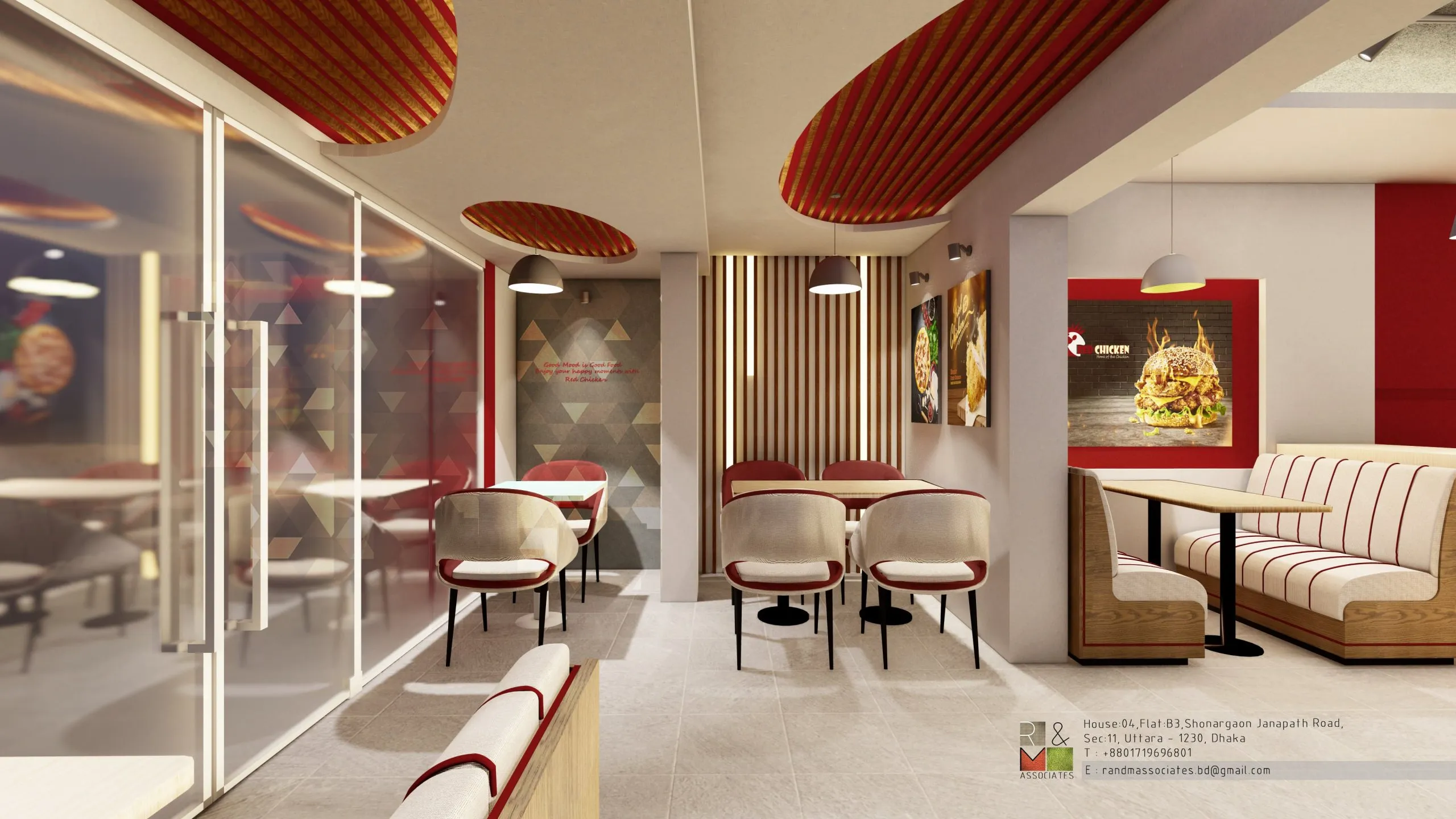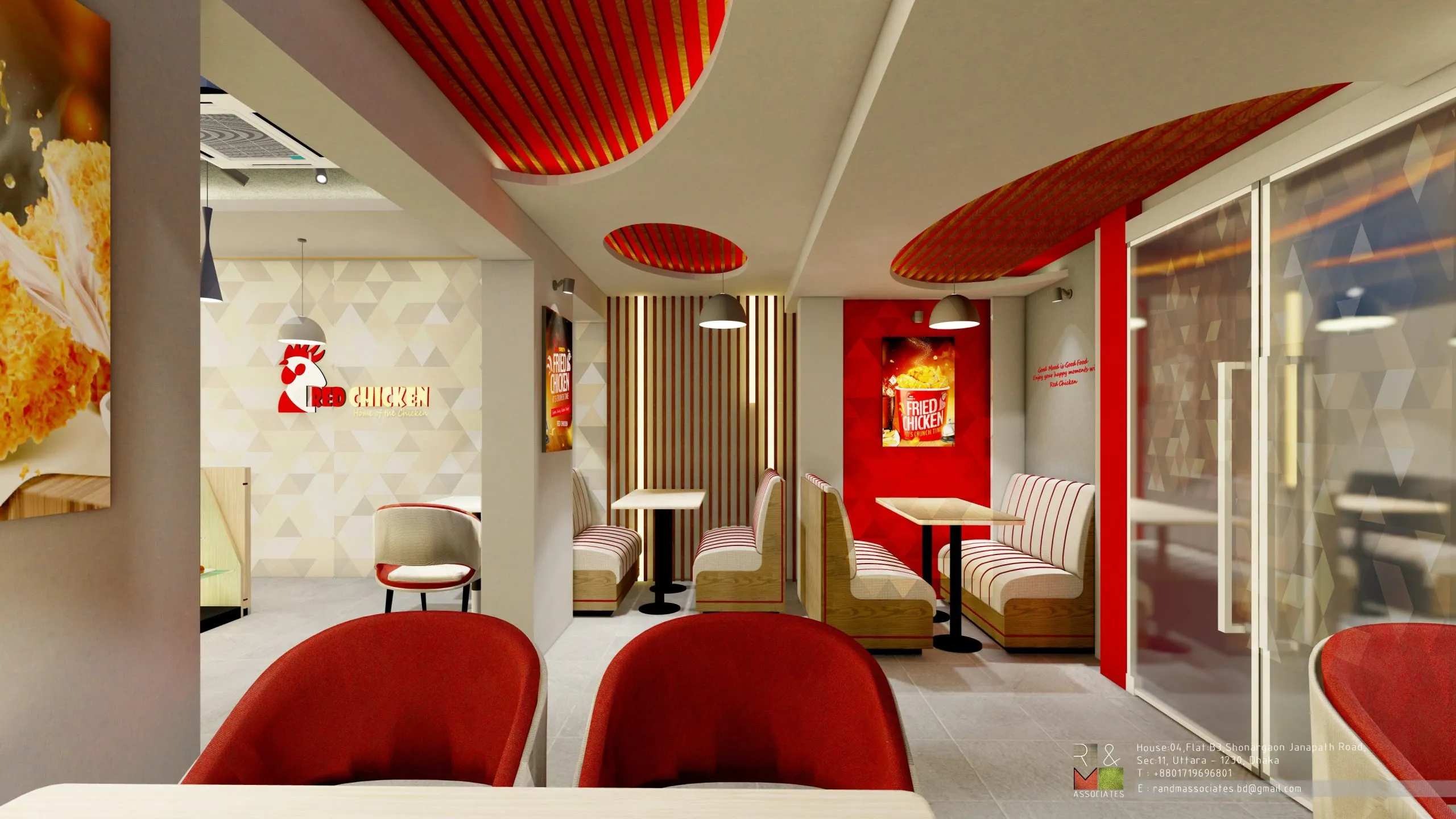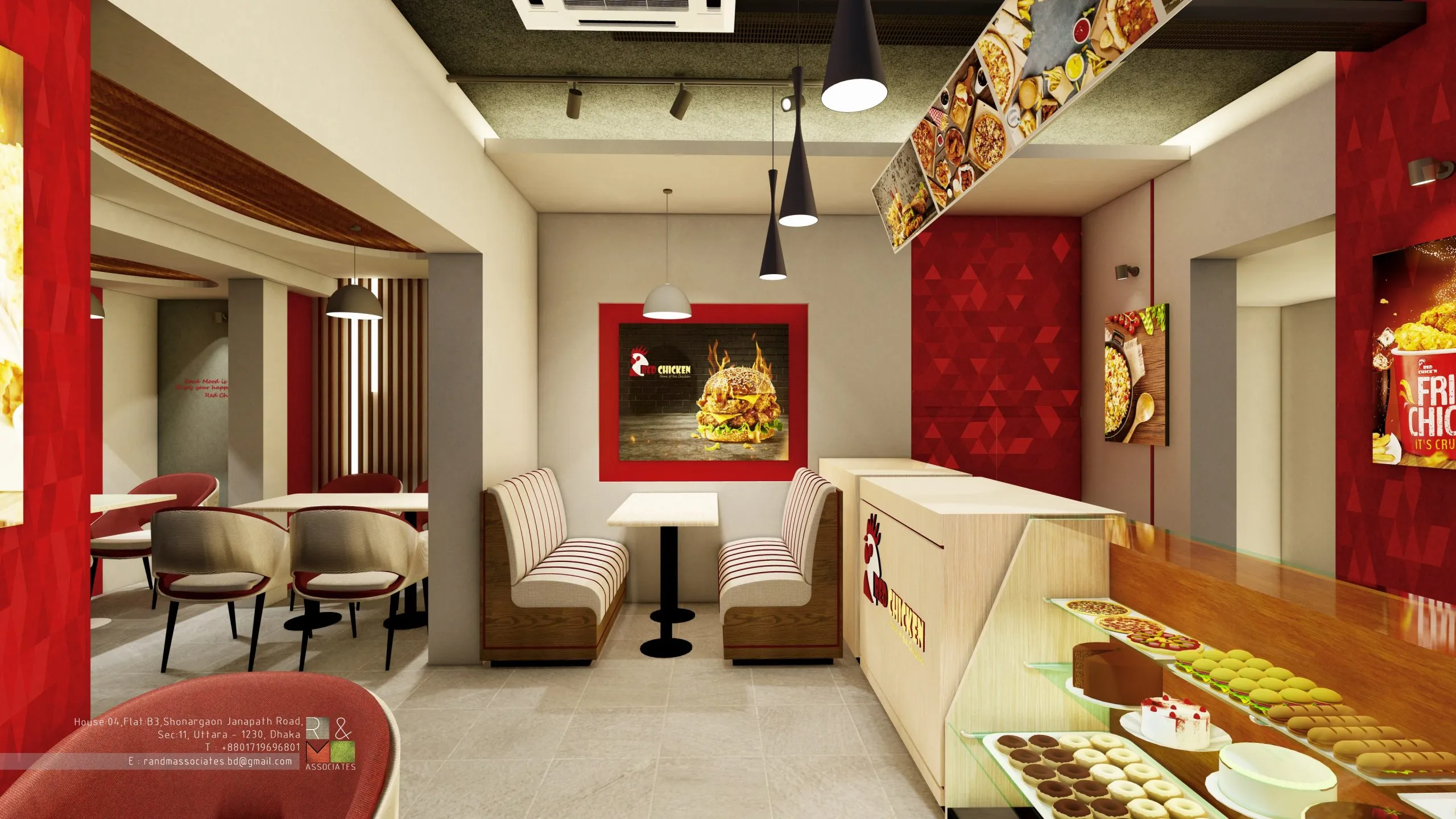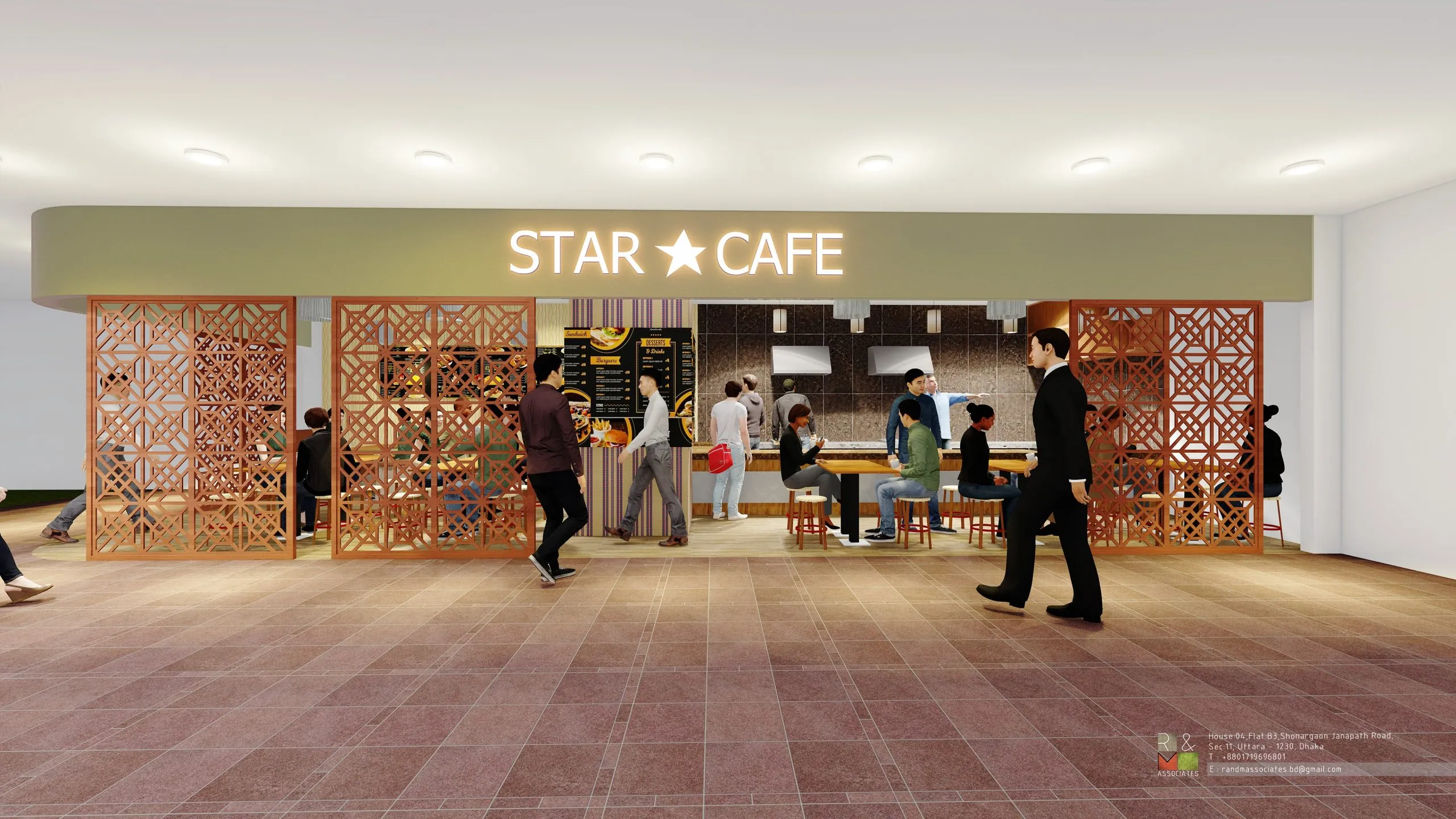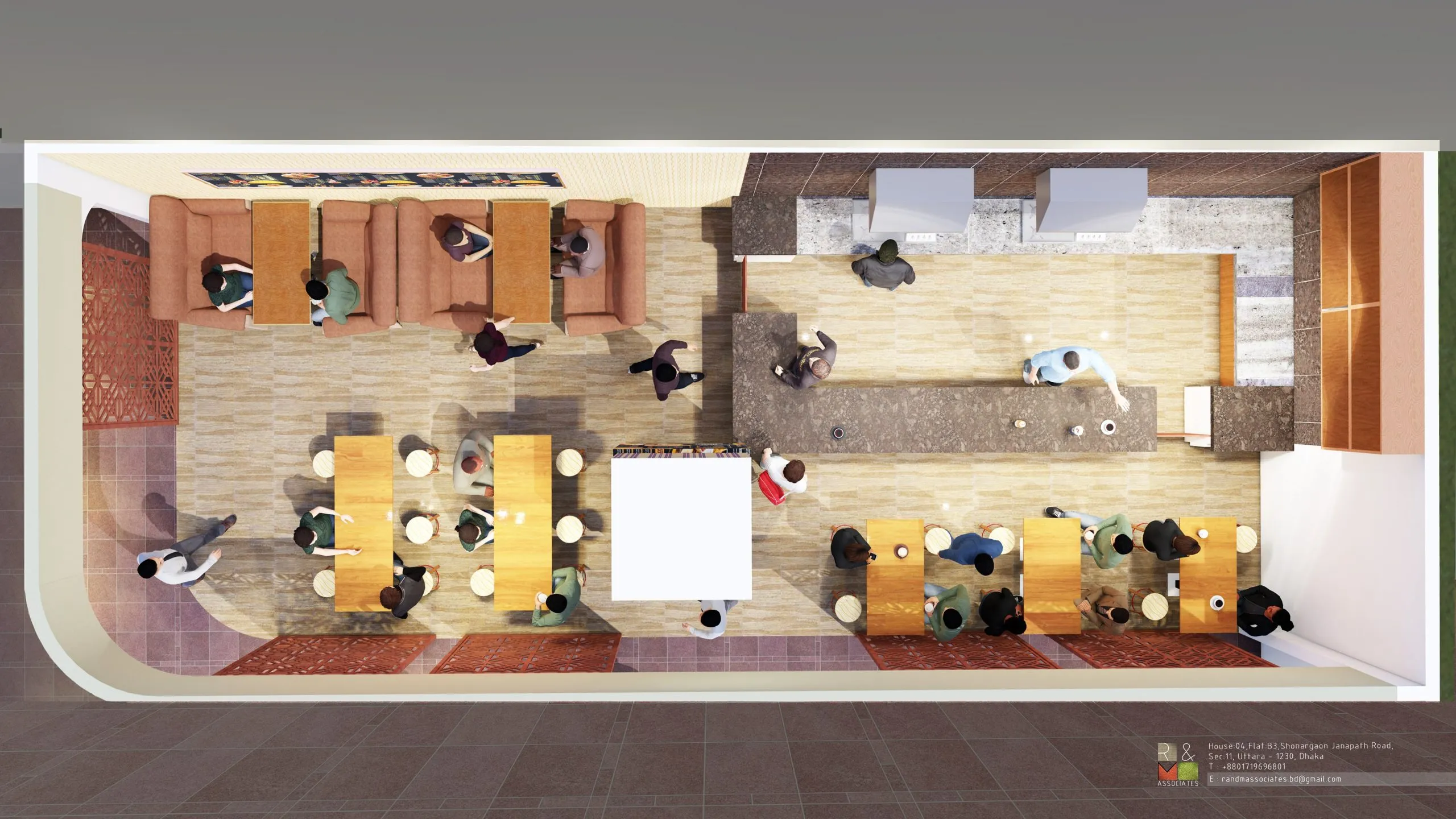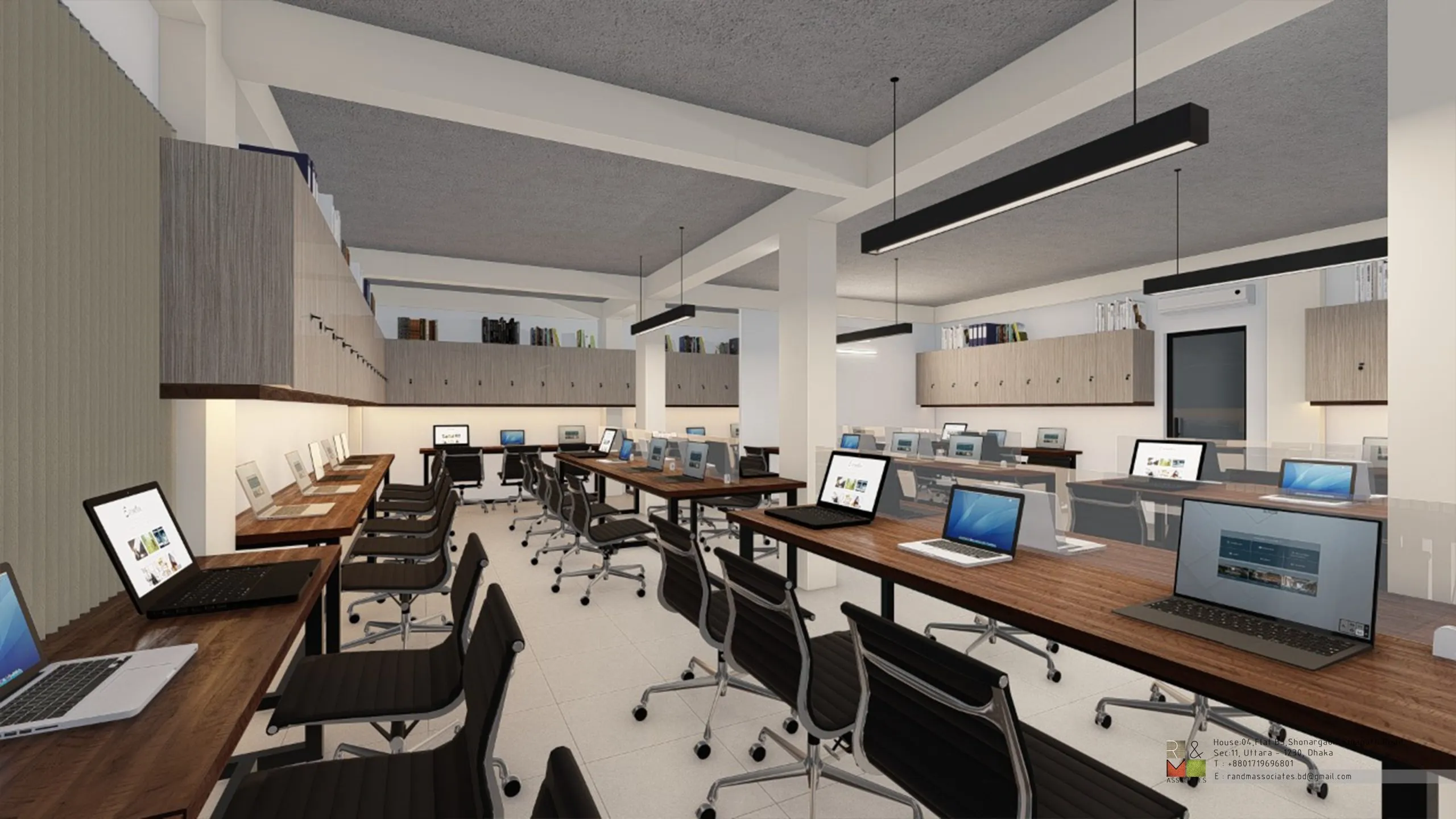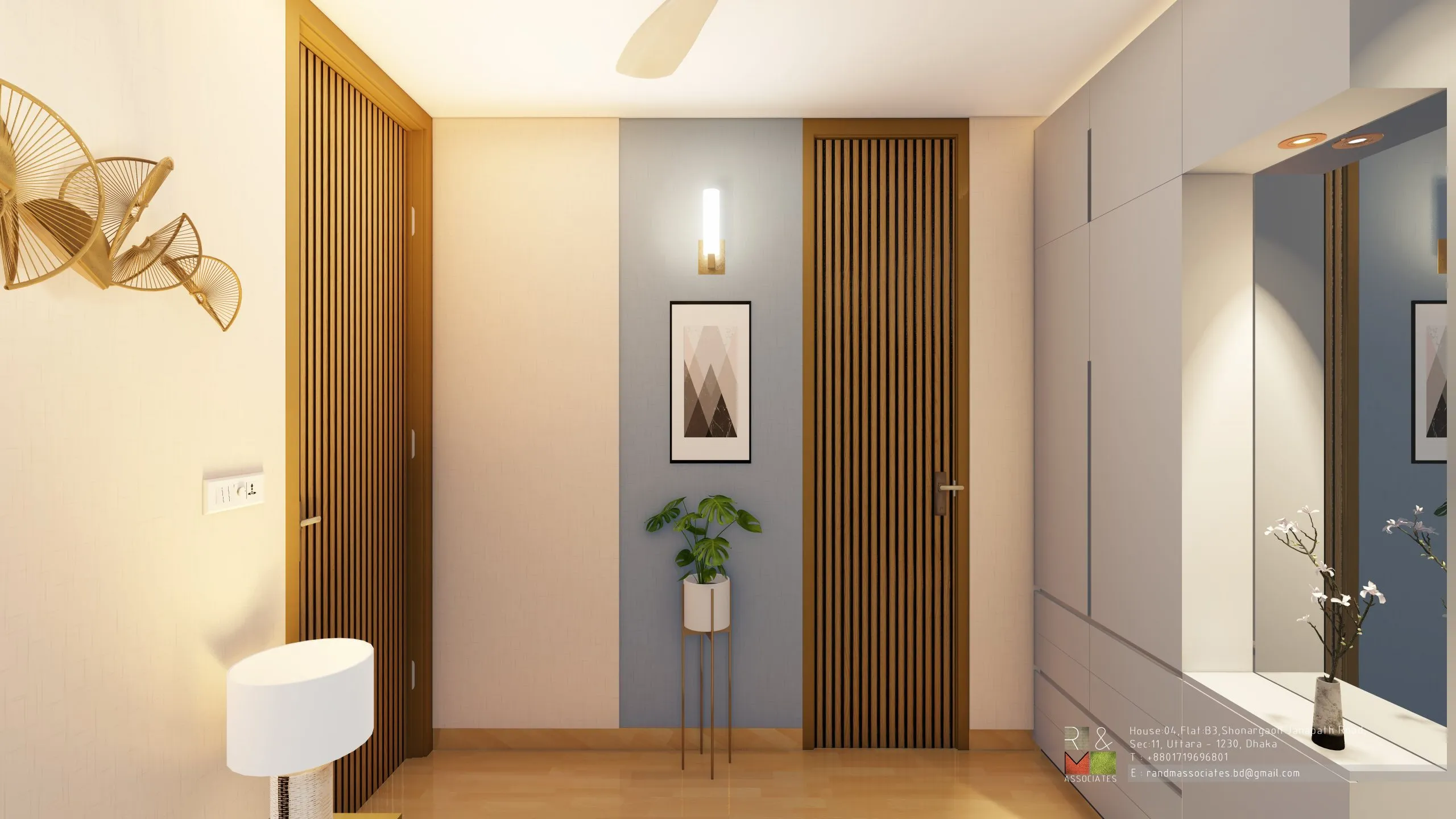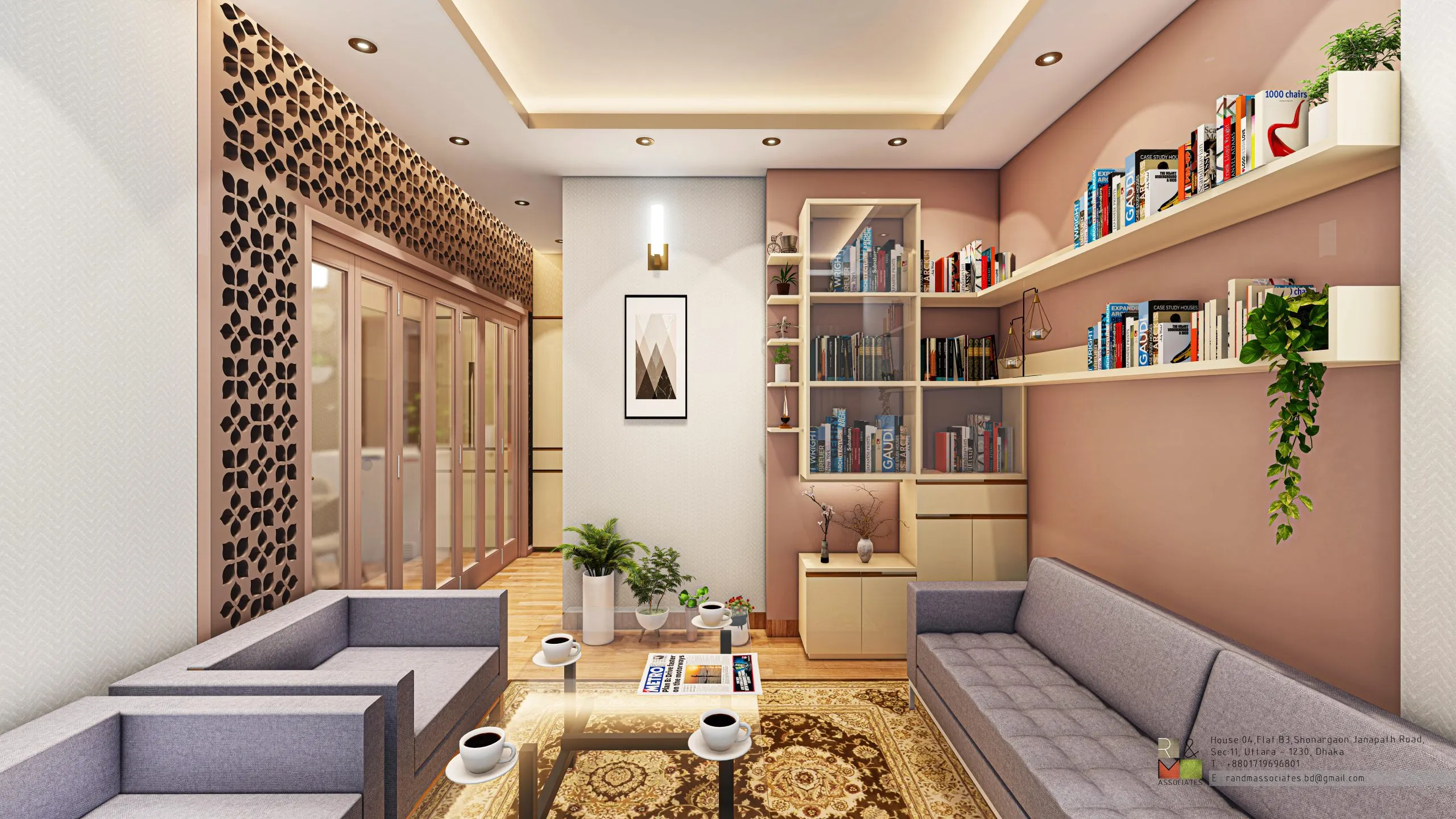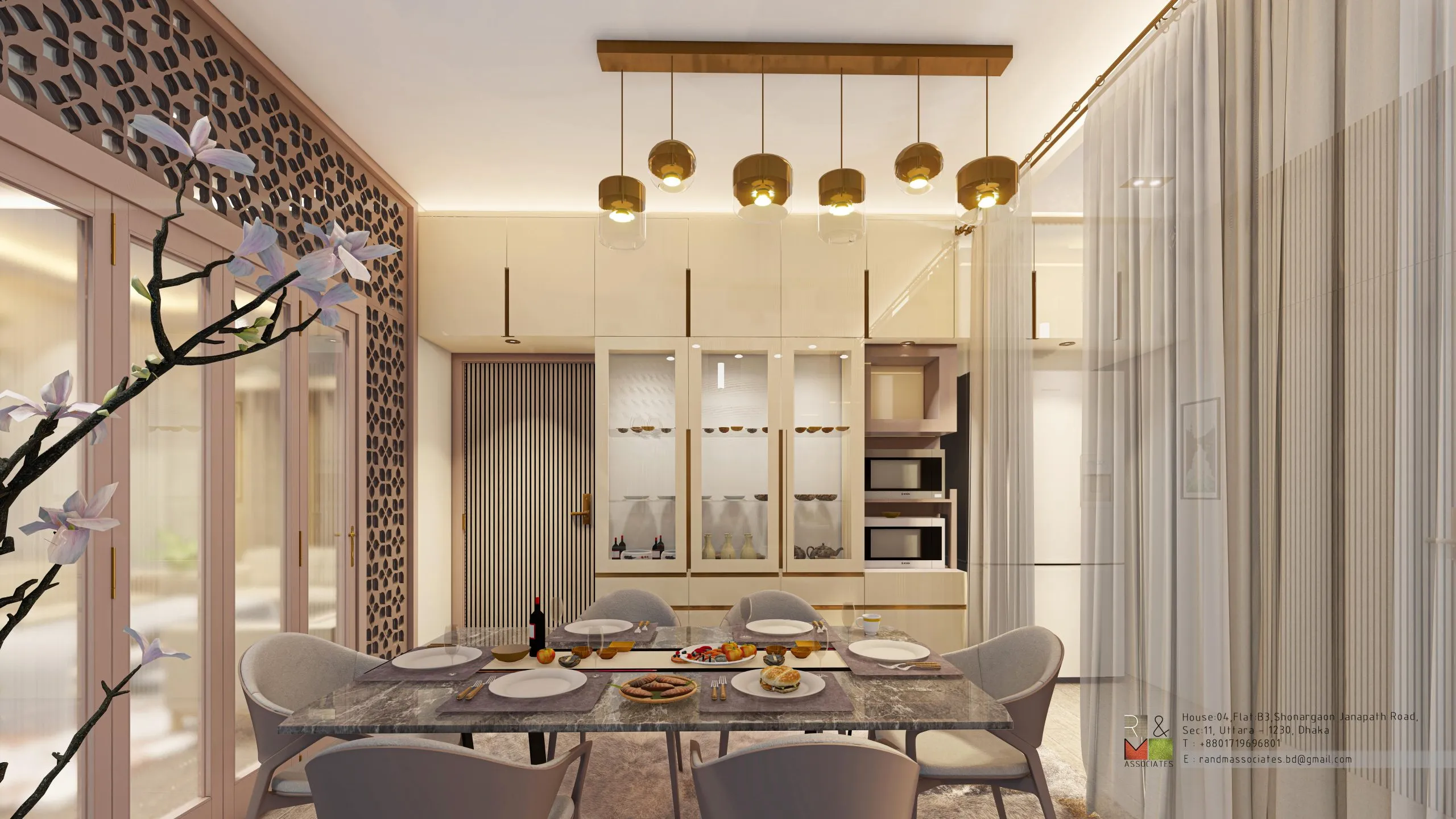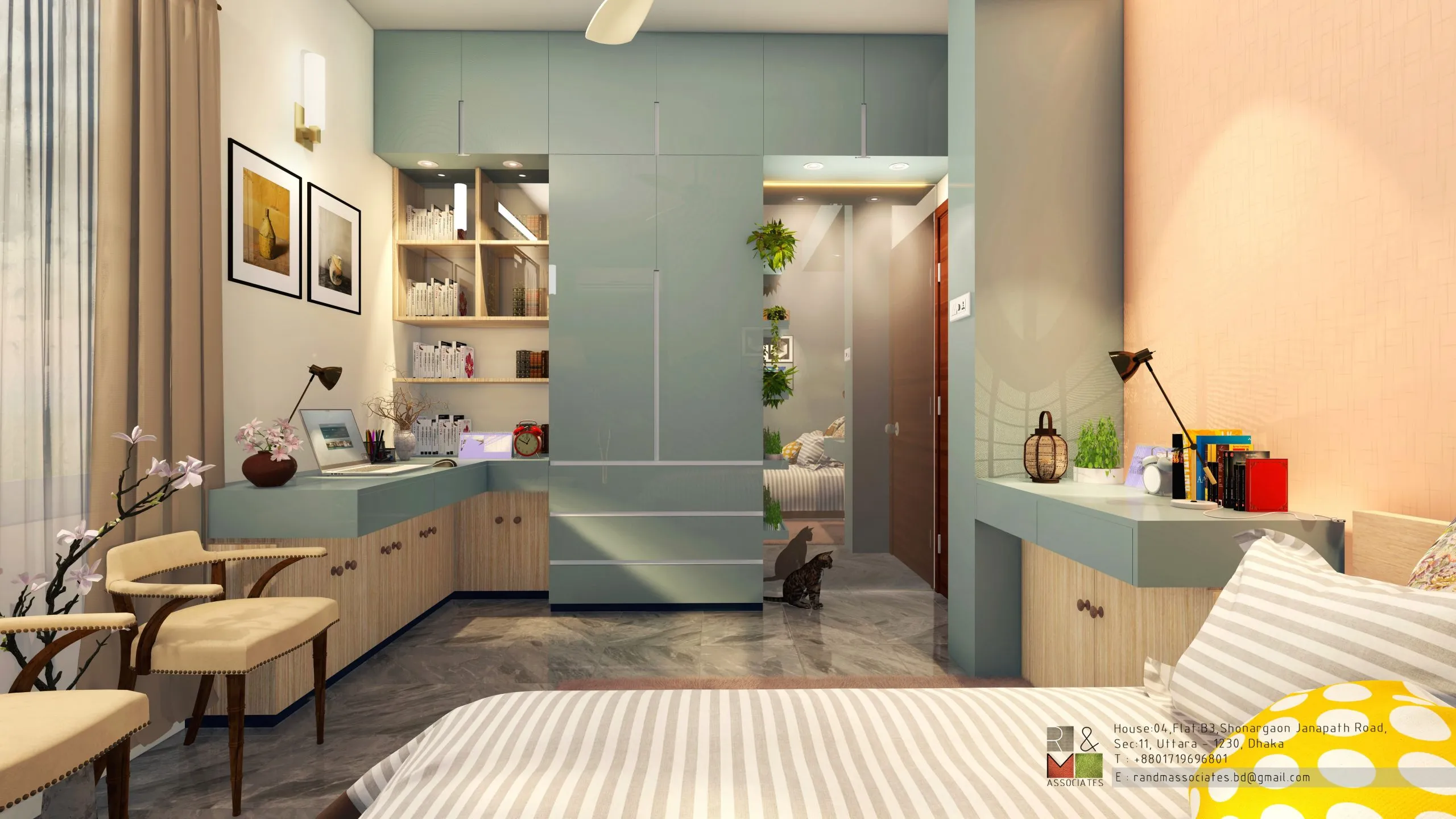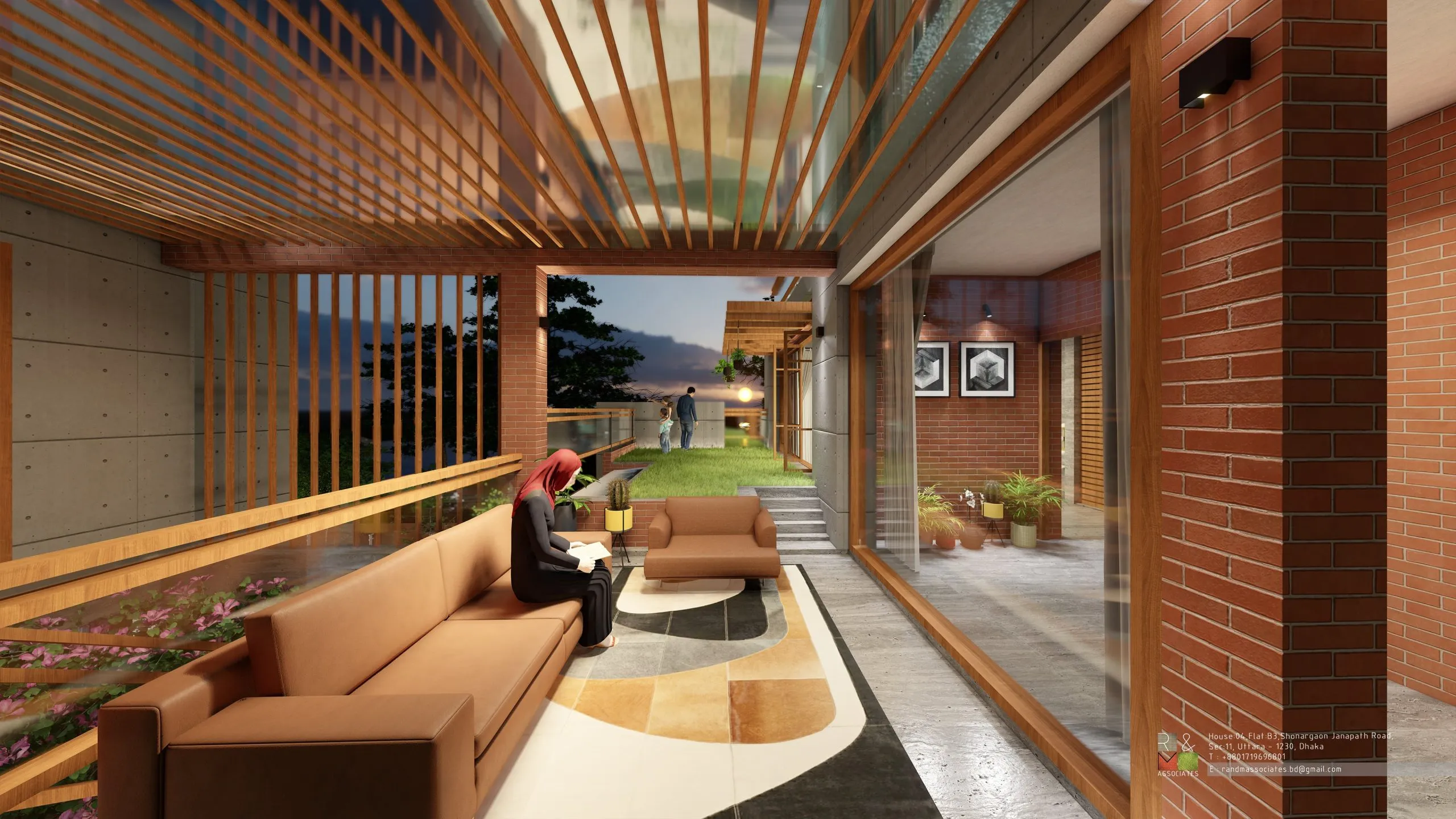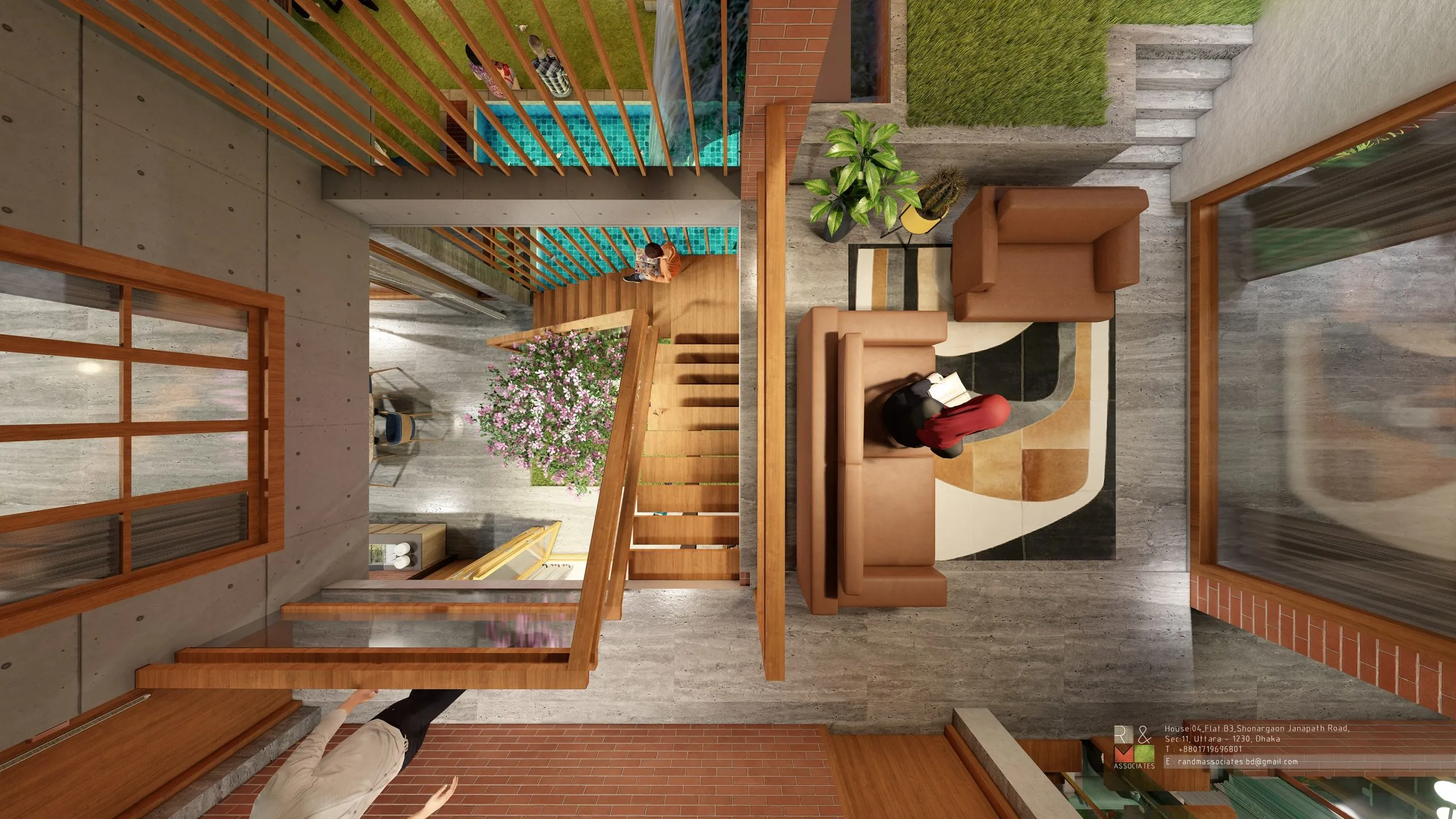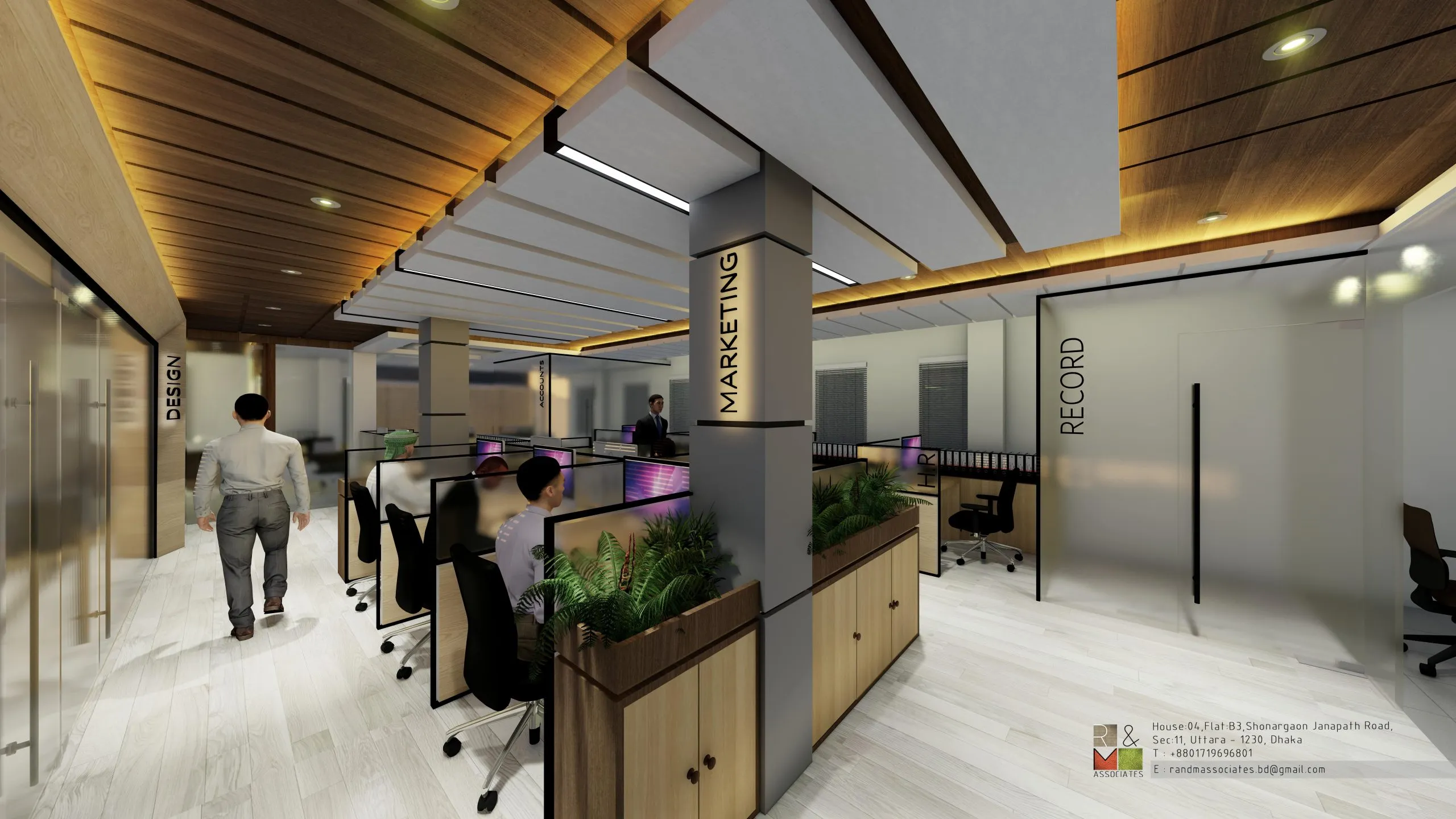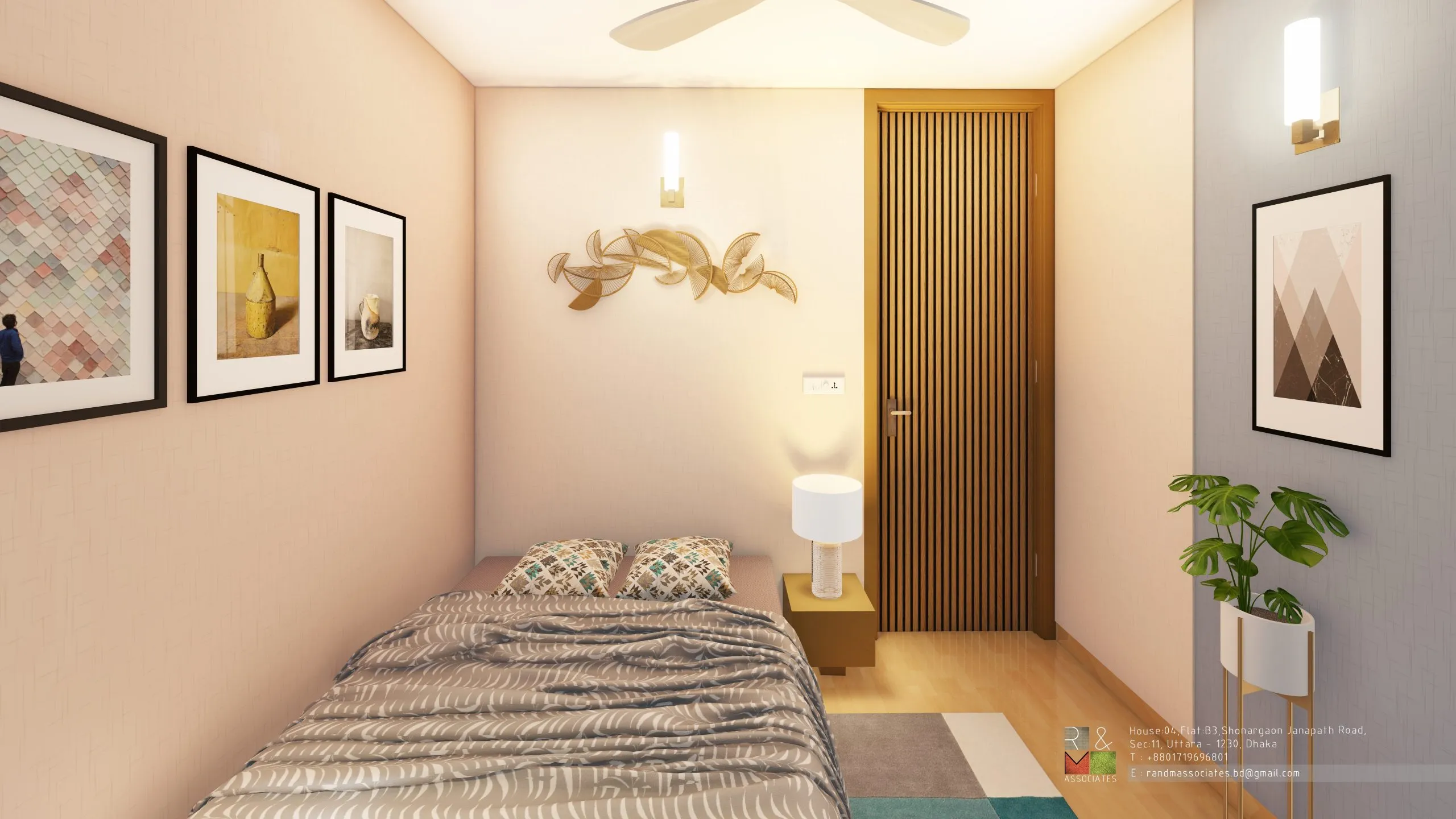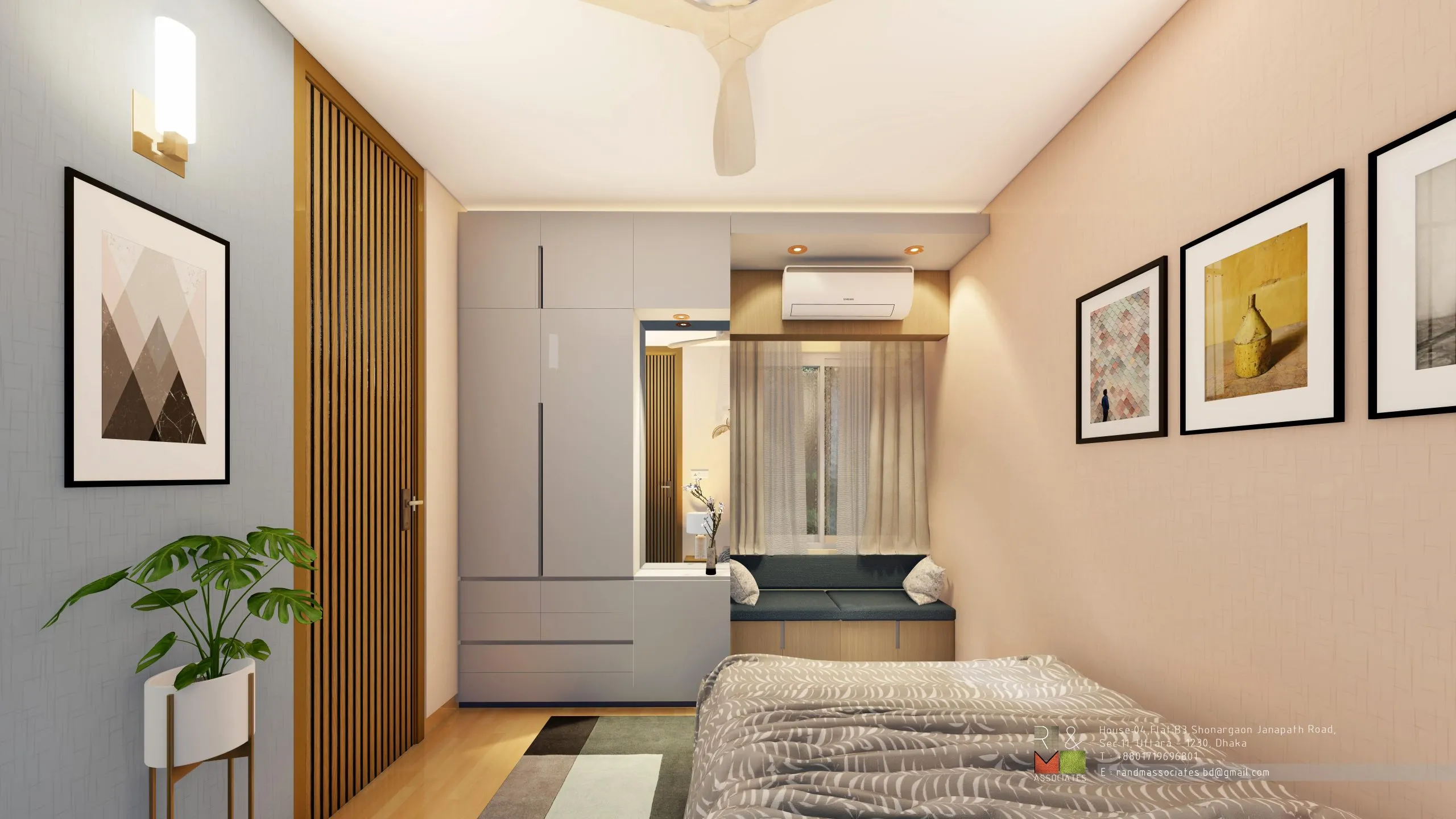Introduction

Key Principles of Human-Centric Design
Natural Light and Ventilation: Exposure to natural light is crucial for human health, regulating circadian rhythms and improving mood. Human-centric design incorporates large windows, skylights, and open spaces to allow natural light to flow into interiors. Similarly, proper ventilation ensures a constant flow of fresh air, reducing pollutants and enhancing indoor air quality.
Biophilic Design: Biophilic design is a key aspect of human-centric architecture, where natural elements like plants, water, and organic materials are integrated into the built environment. Bringing nature indoors helps reduce stress, improve cognitive function, and create a calming atmosphere. Whether it’s through the use of green walls, indoor gardens, or wooden finishes, biophilic design fosters a connection to nature.
- Ergonomics and Accessibility: Human-centric spaces must be comfortable and accessible for all. This involves the thoughtful arrangement of furniture, ergonomic seating, and the design of pathways that are easy to navigate. Accessibility features, such as ramps and wide doorways, ensure that spaces can be enjoyed by everyone, regardless of physical ability.

Benefits of Human-Centric Architecture
Improved Mental Health: Spaces designed with well-being in mind help reduce stress, anxiety, and depression. Natural light, greenery, and calming aesthetics create a serene atmosphere that supports mental health.
Enhanced Productivity: In workplaces, human-centric design can lead to increased productivity and creativity. When employees are comfortable and their needs are met, they are more likely to focus and perform well.
Better Physical Health: Proper ventilation, natural light, and ergonomic furniture all contribute to better physical health. Reducing indoor air pollutants and ensuring good posture can prevent respiratory issues and musculoskeletal problems.
Social Connection: Human-centric architecture also fosters social interaction. Open layouts, communal spaces, and inclusive design features encourage collaboration, communication, and a sense of community.

Pruning and Training
Human-centric architecture is more than just a trend; it’s a holistic approach to design that recognizes the deep connection between our surroundings and our well-being. By prioritizing natural light, sustainability, biophilic elements, and comfort, architects can create spaces that promote health, happiness, and productivity. As we continue to spend more time indoors, the importance of designing for human well-being becomes increasingly evident.
By integrating natural elements, promoting sustainability, and ensuring comfort and accessibility, human-centric architecture transforms ordinary spaces into ones that inspire, nurture, and uplift. This approach is vital as urban areas expand and we spend more time indoors, emphasizing the need to prioritize well-being in every aspect of design. Ultimately, architecture that considers human needs fosters a more harmonious relationship between individuals and their environments, creating spaces that resonate on a deeply personal level while addressing global concerns like sustainability and health.





